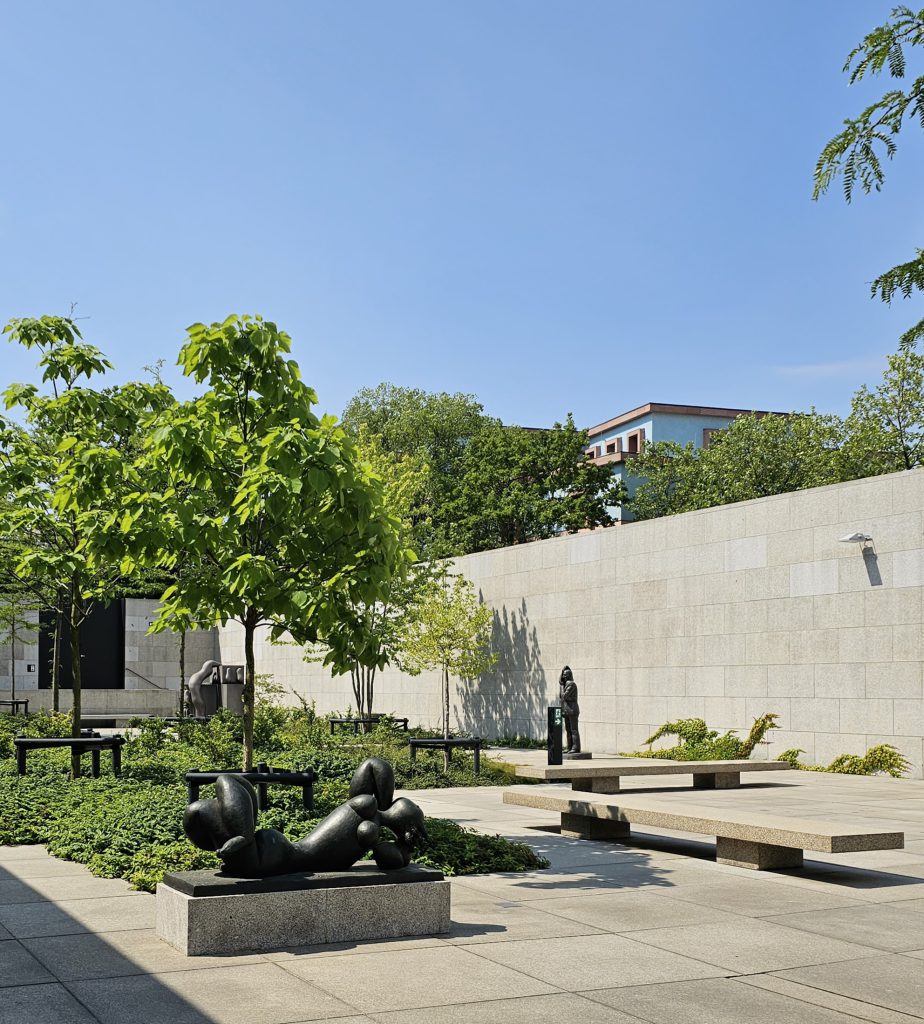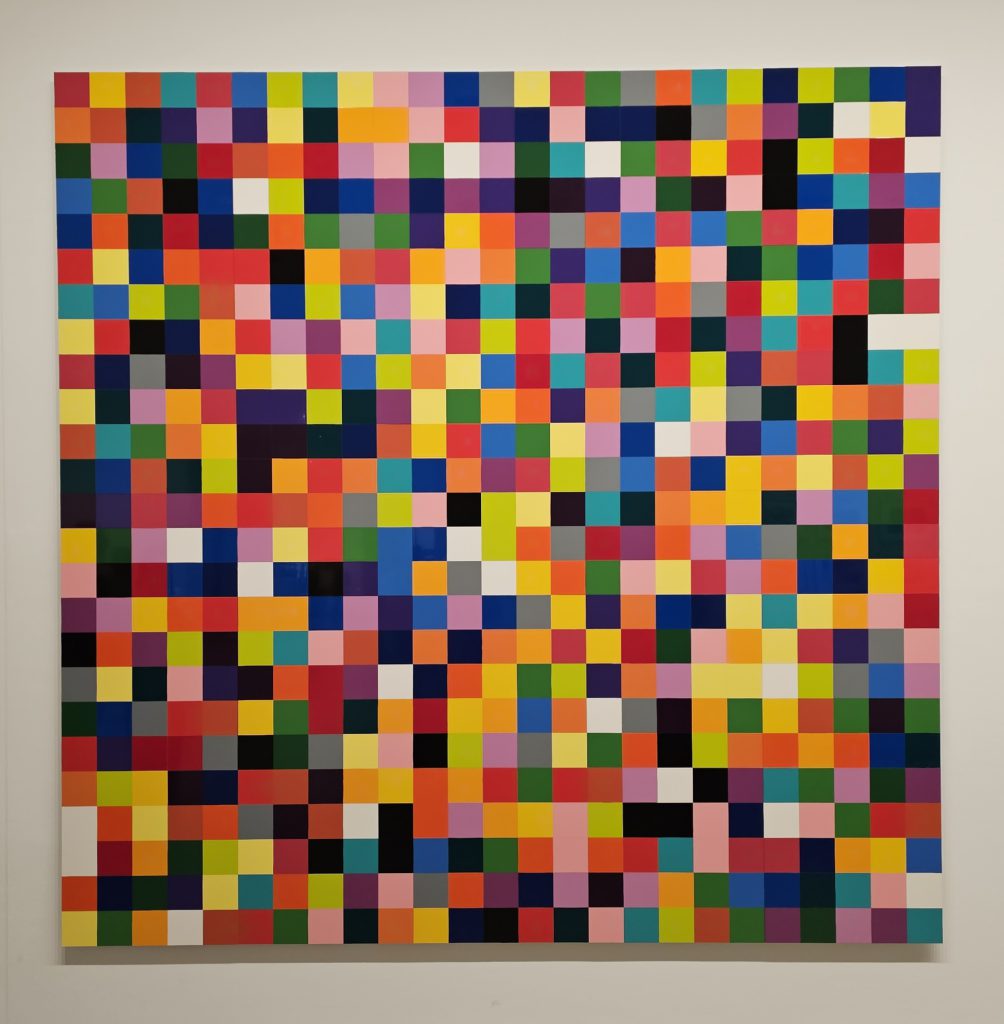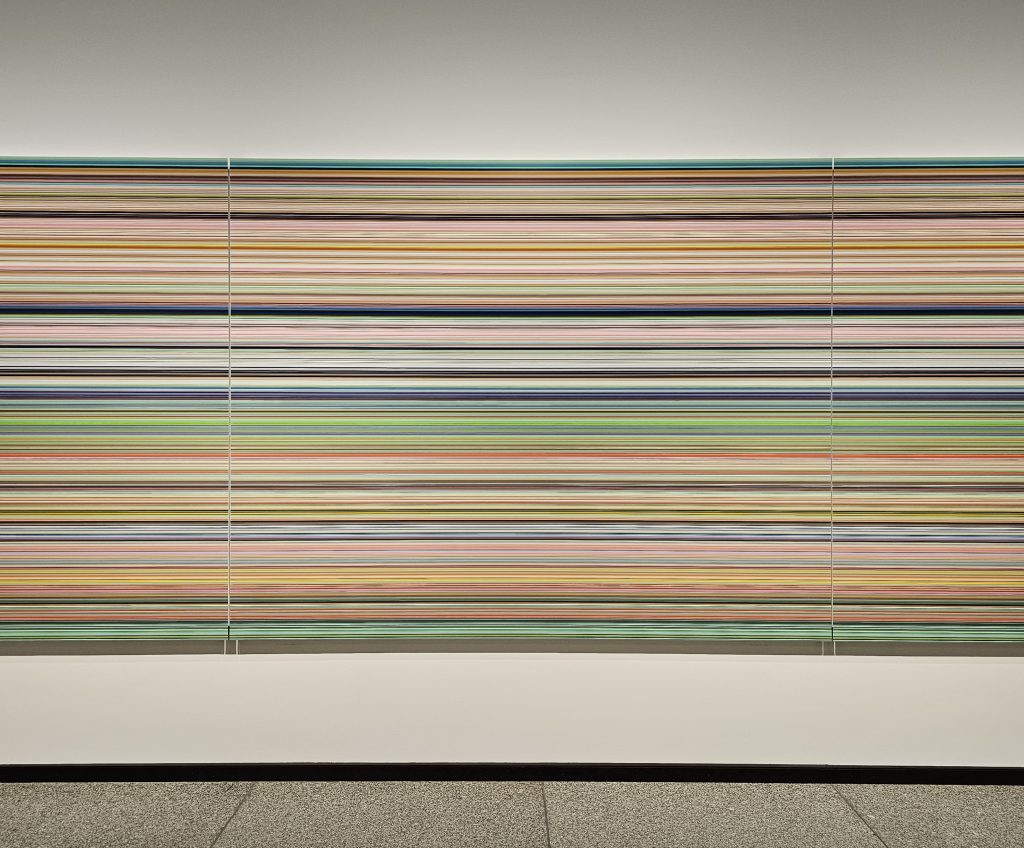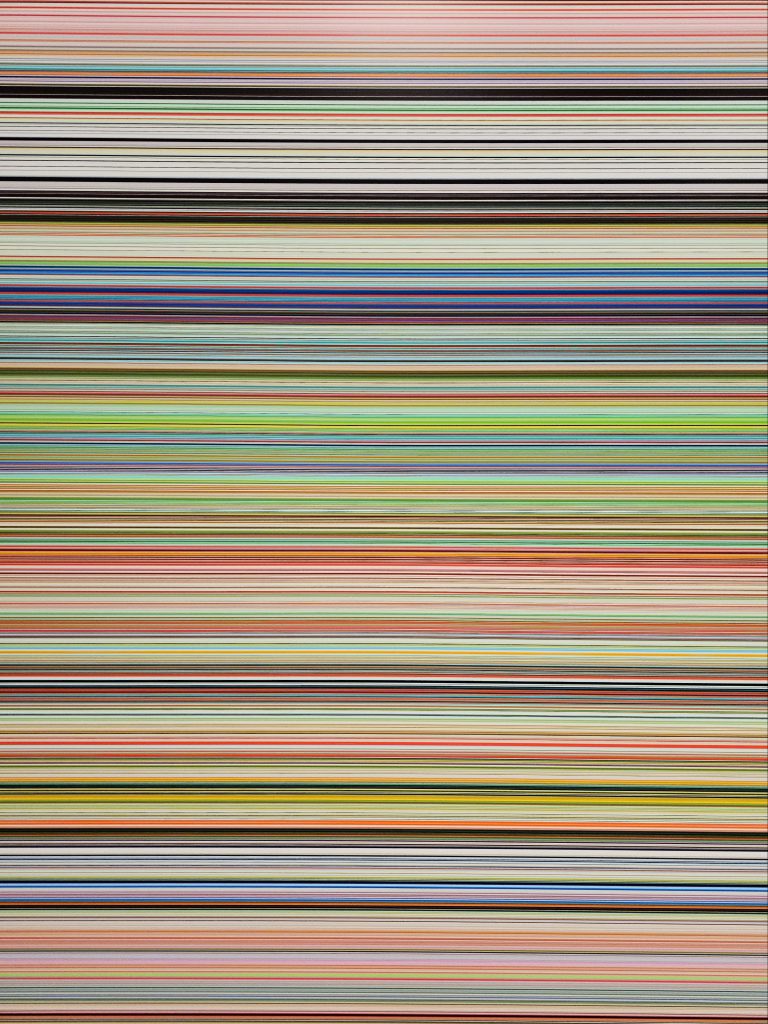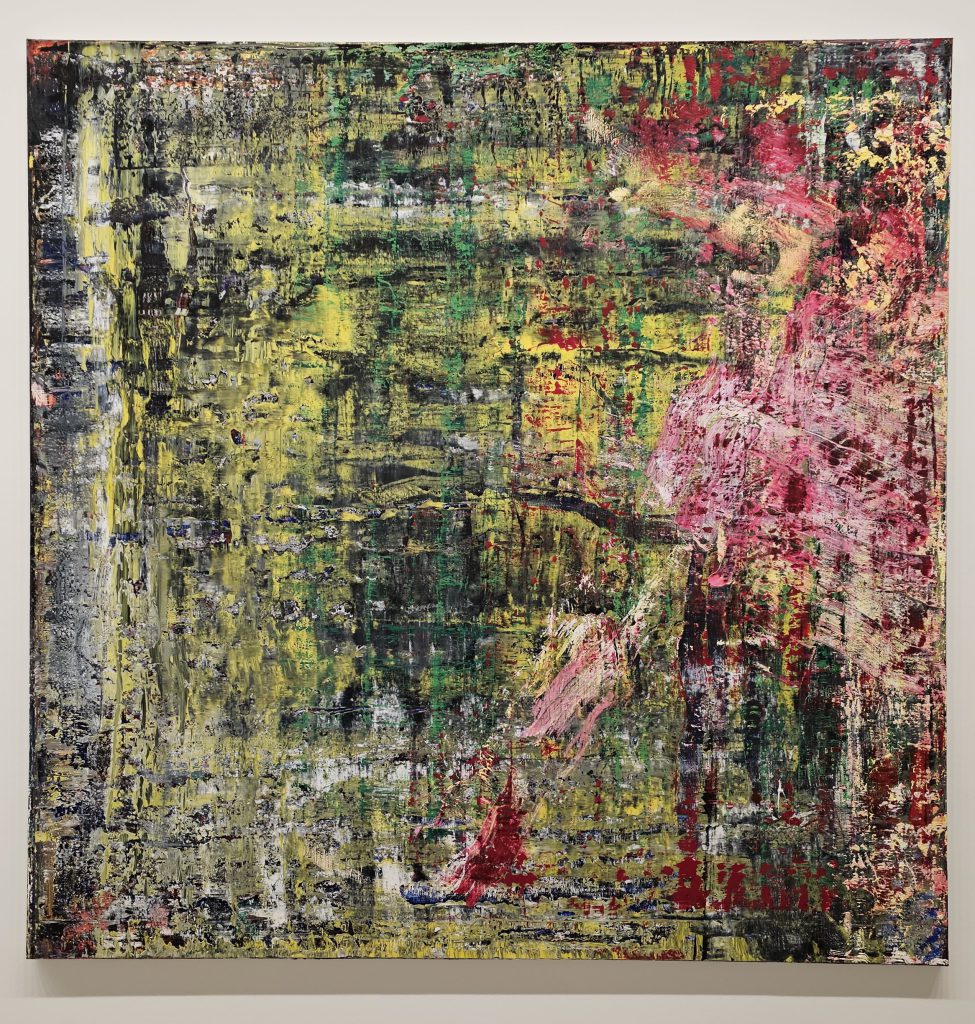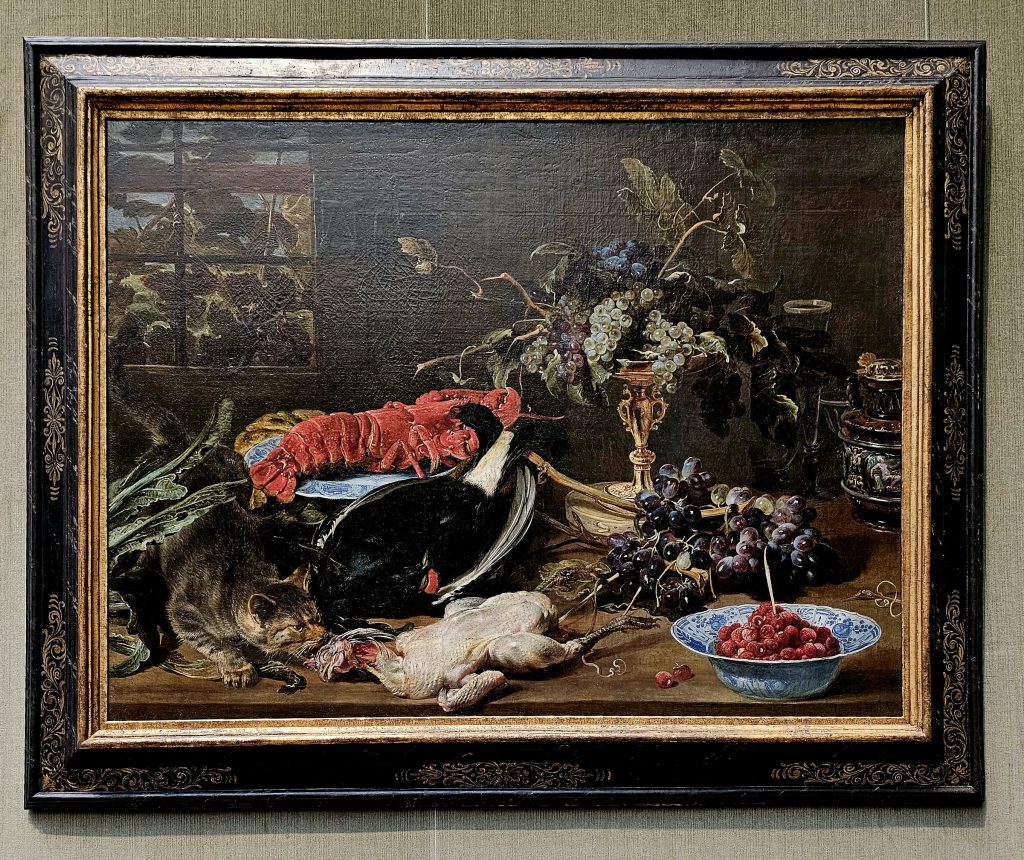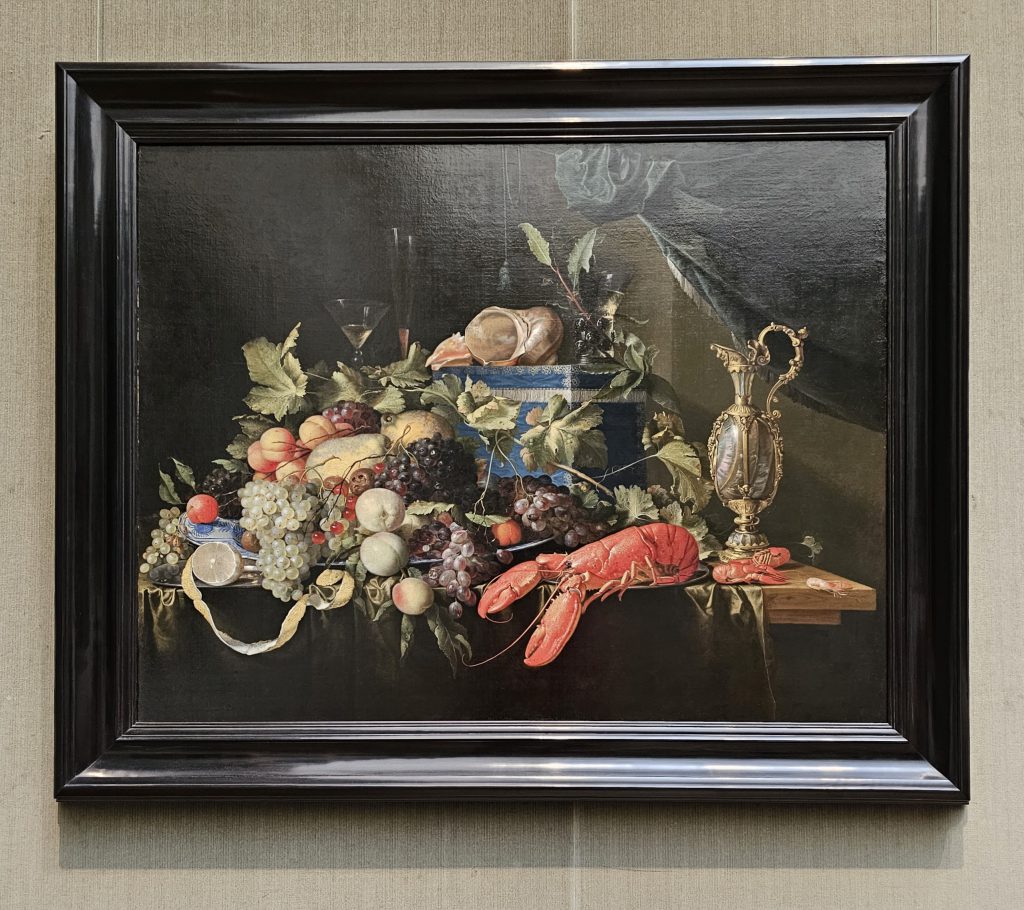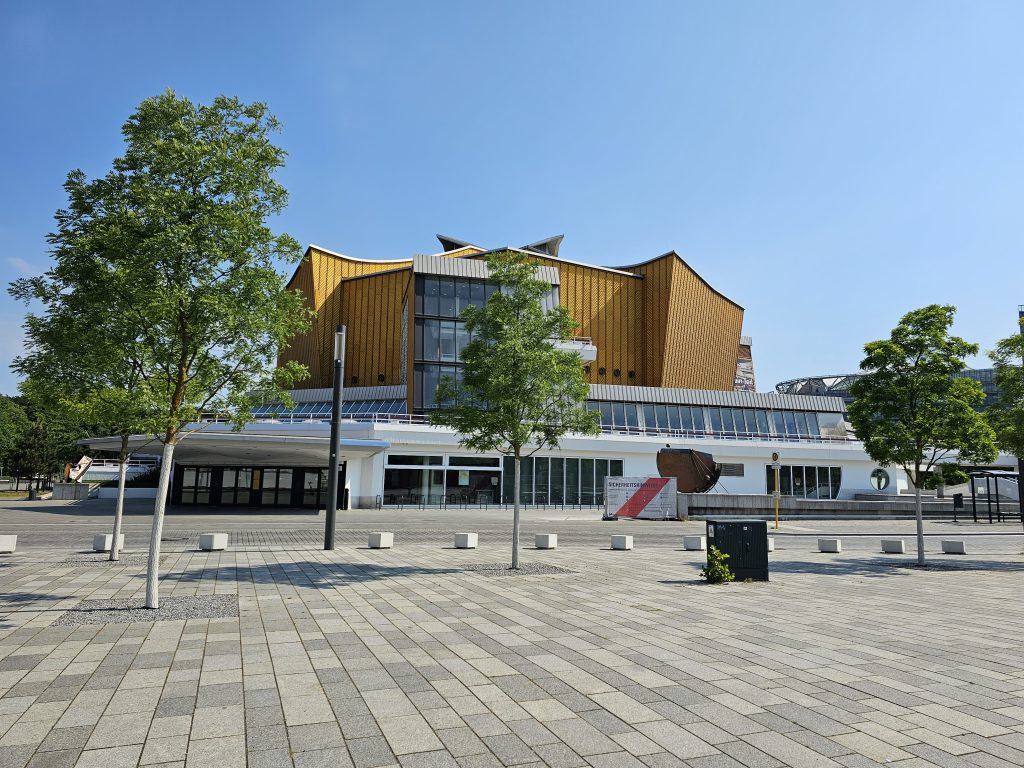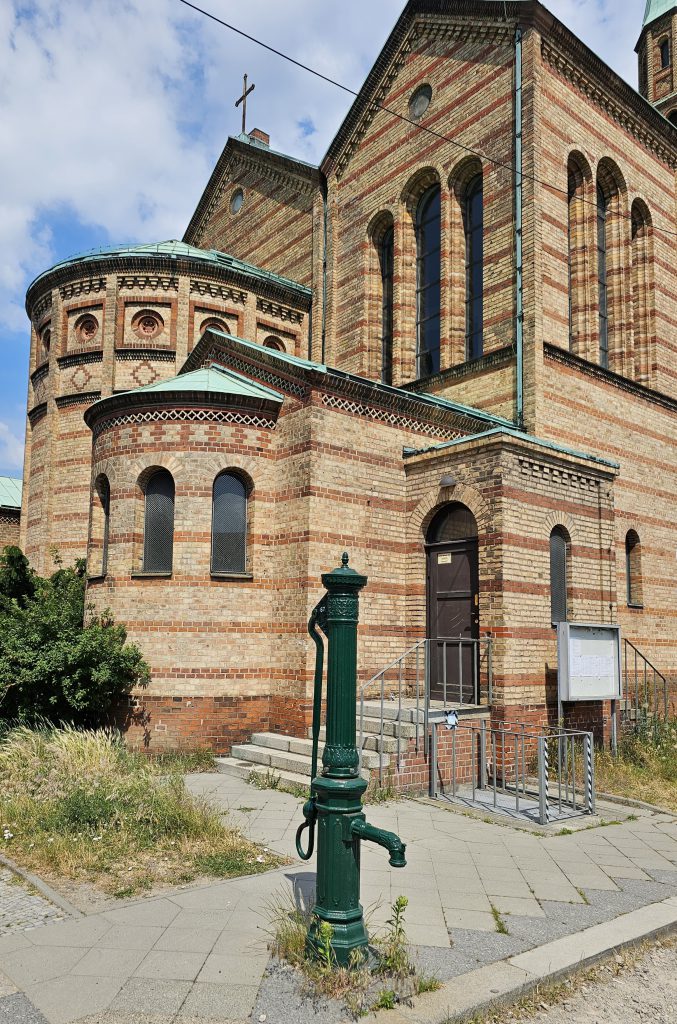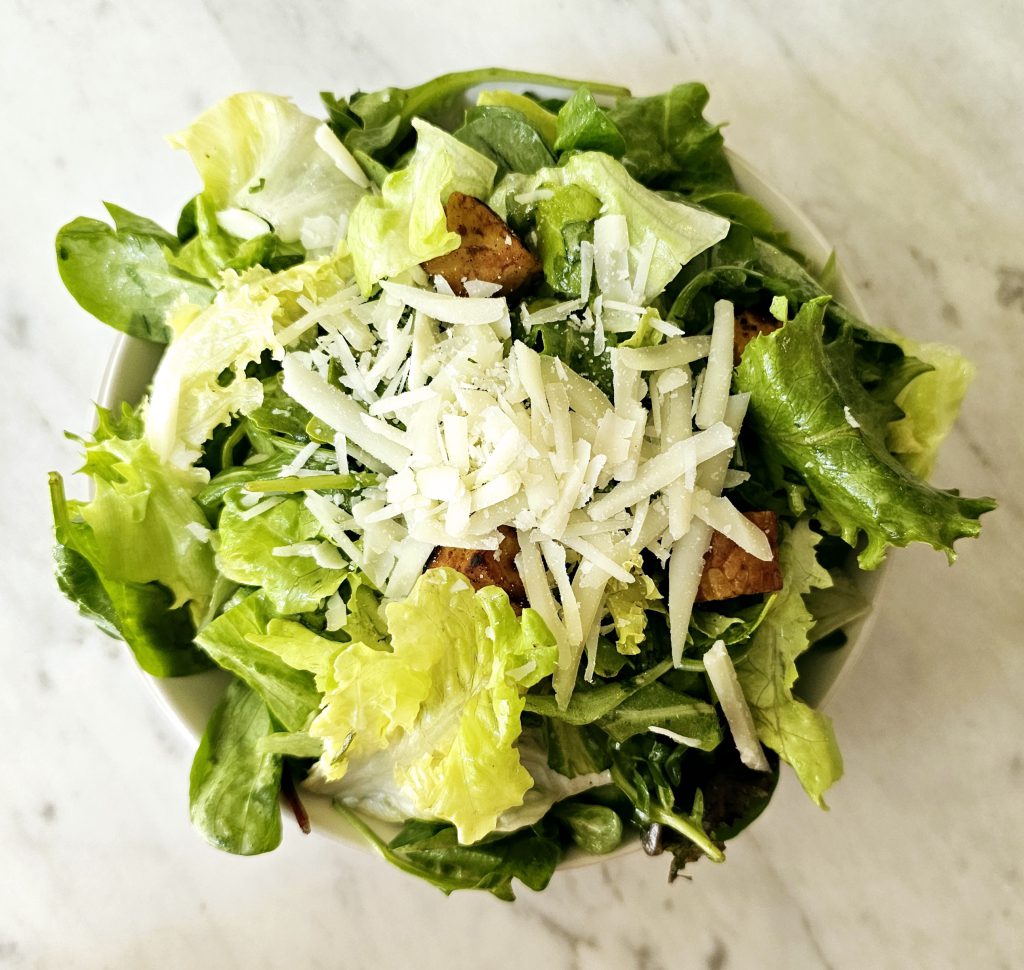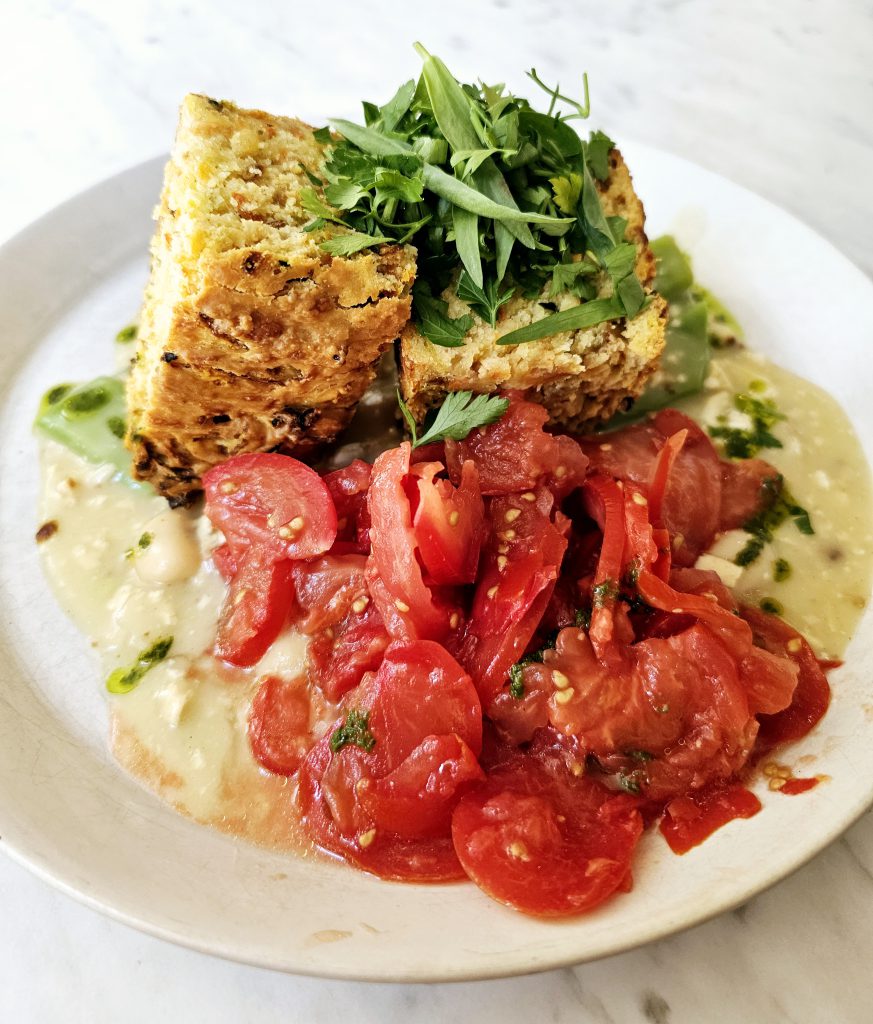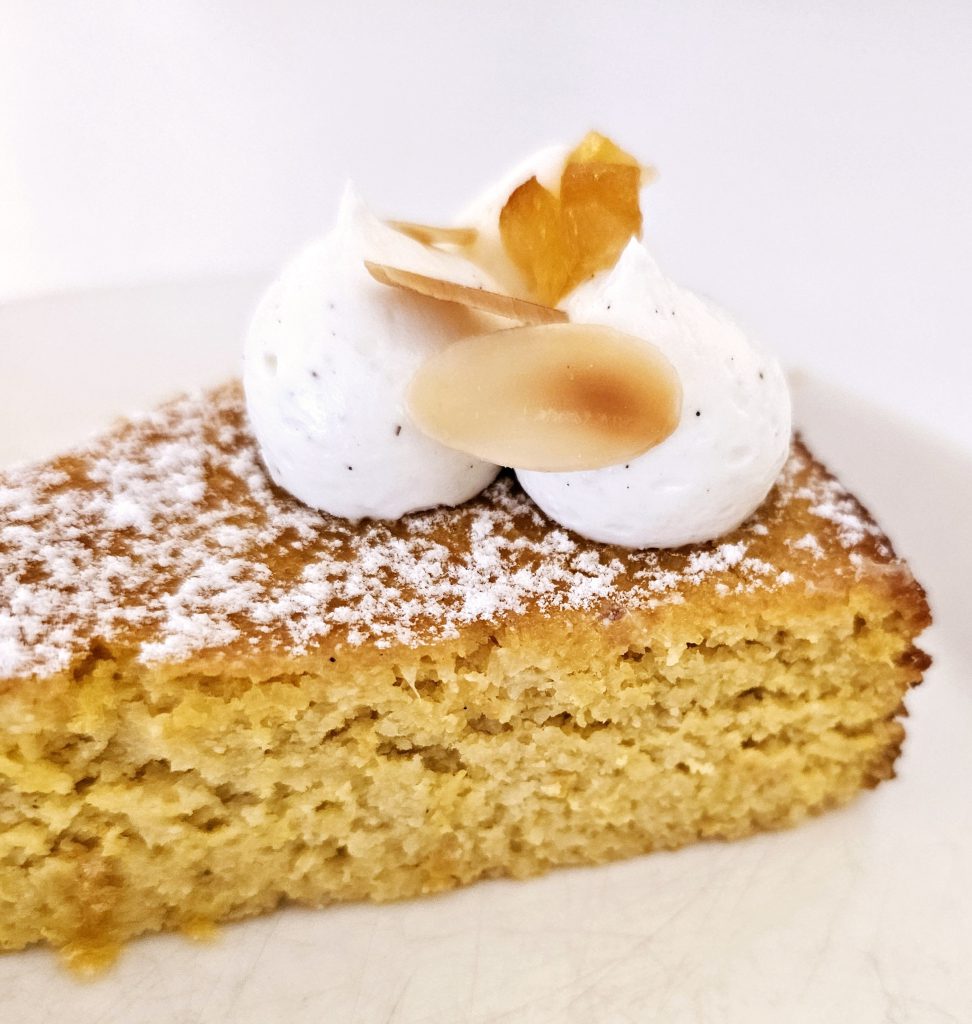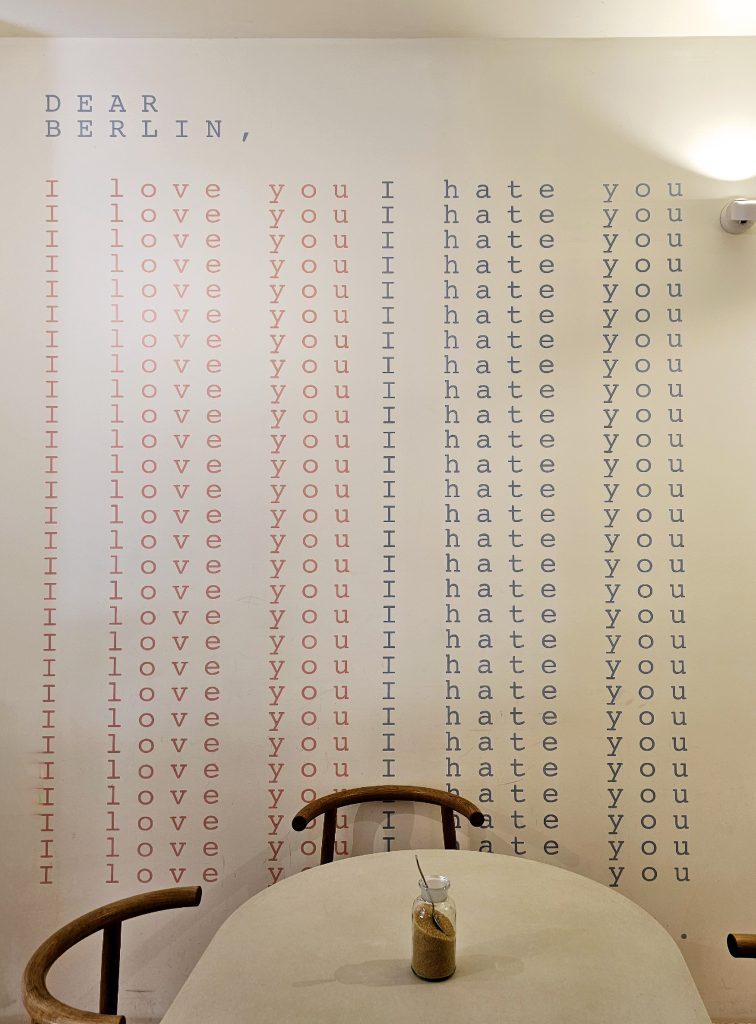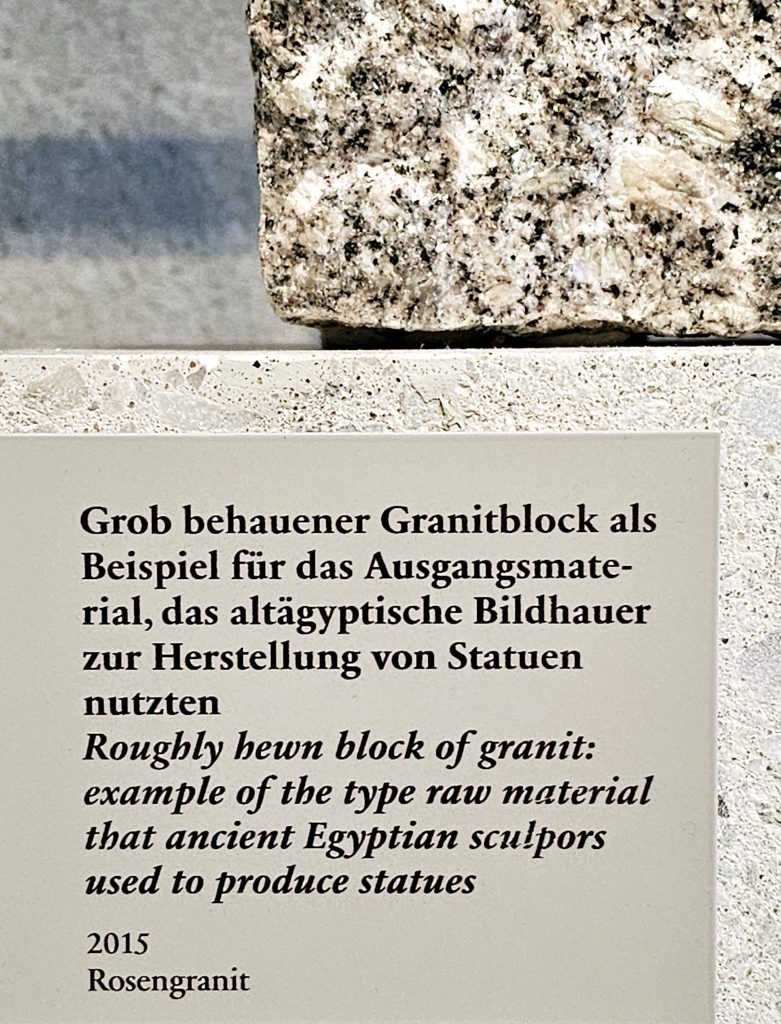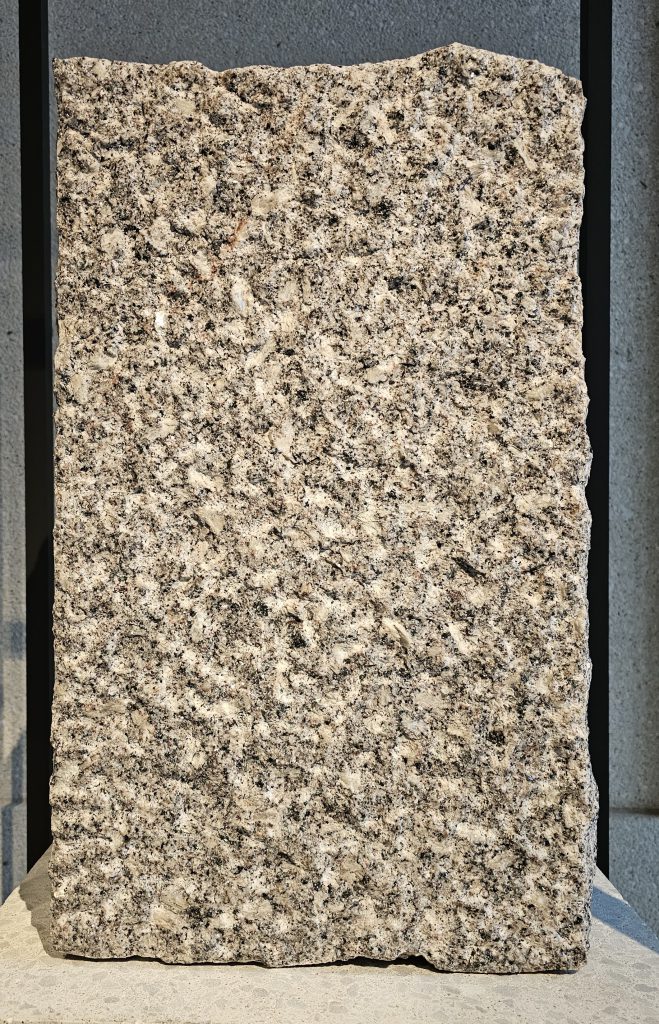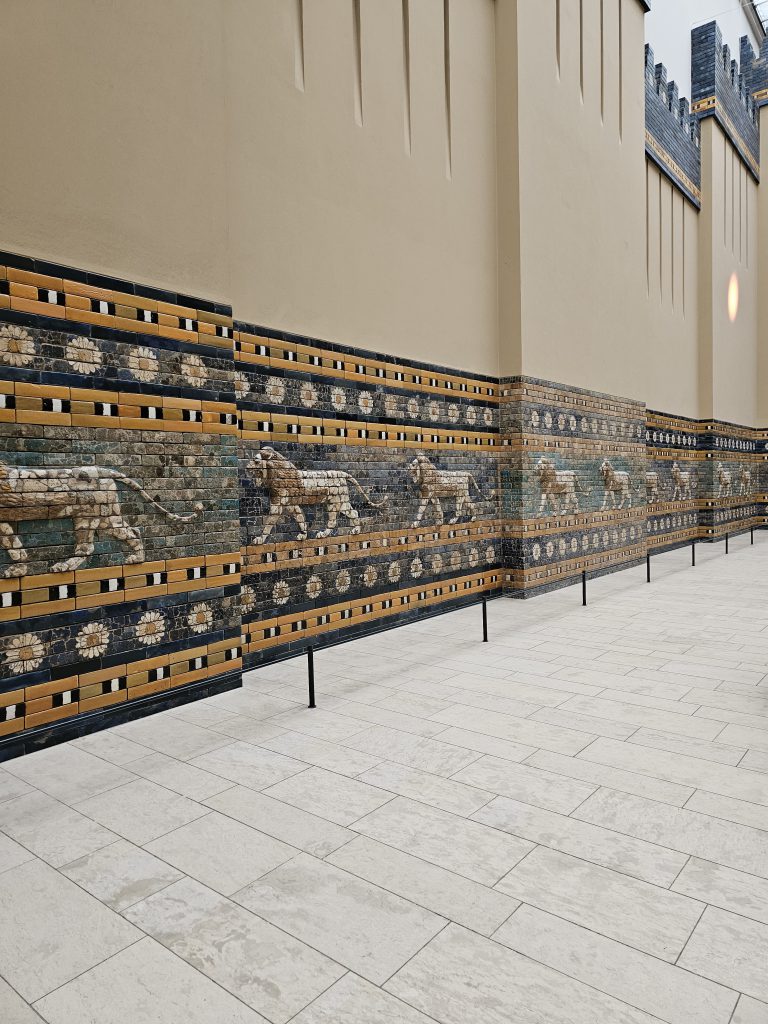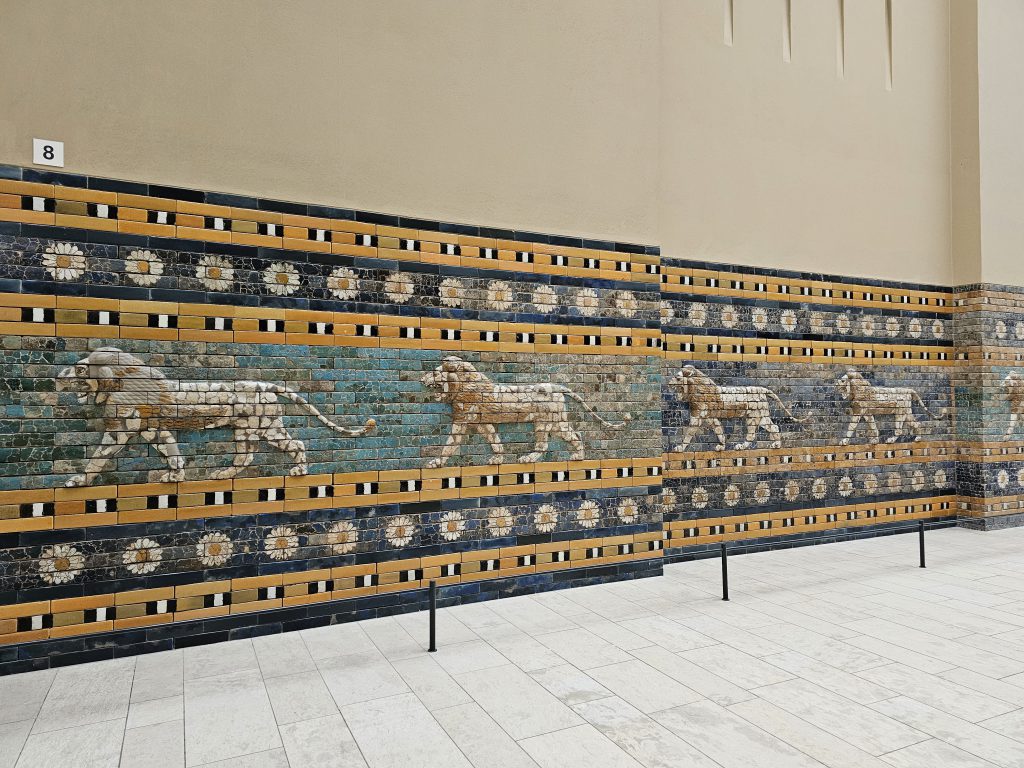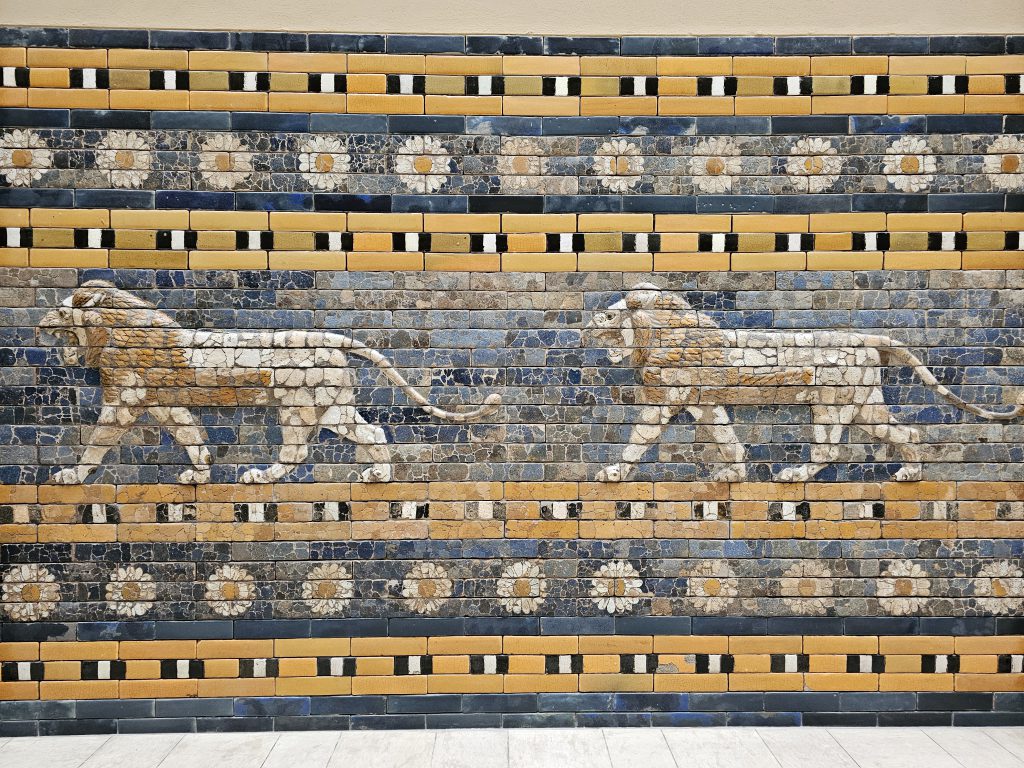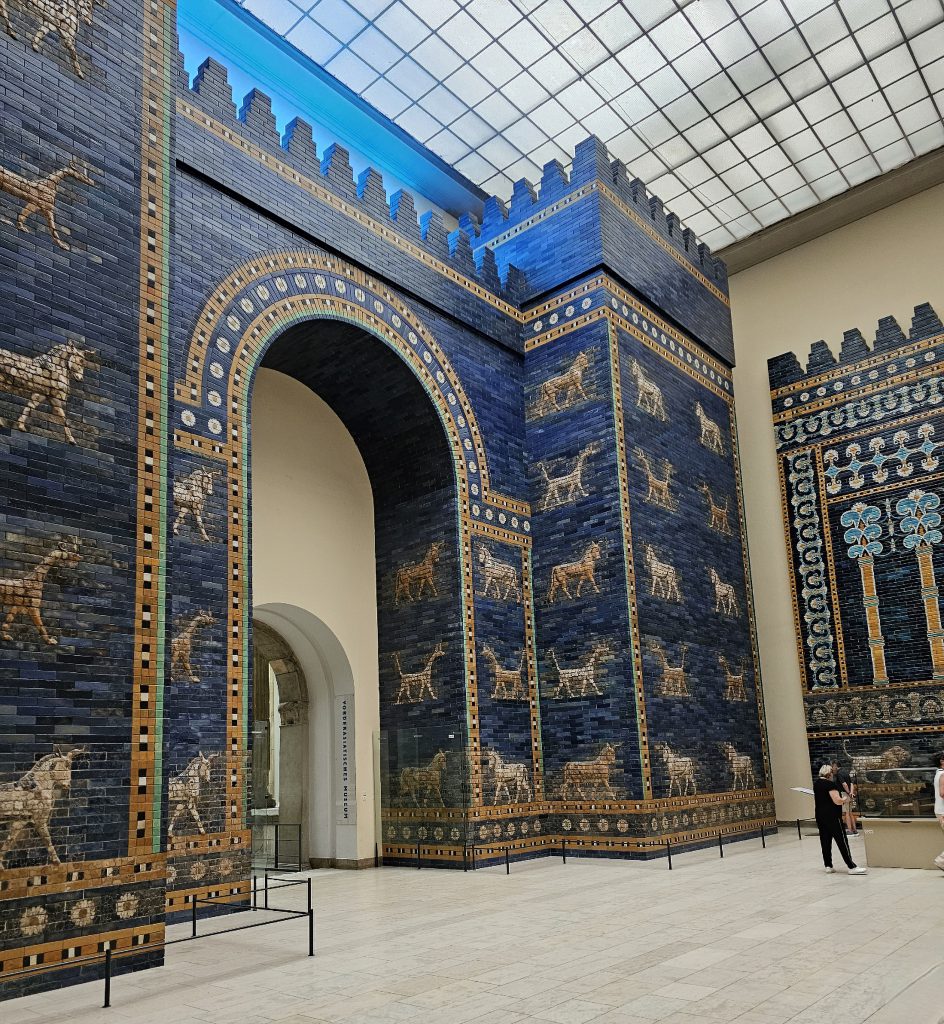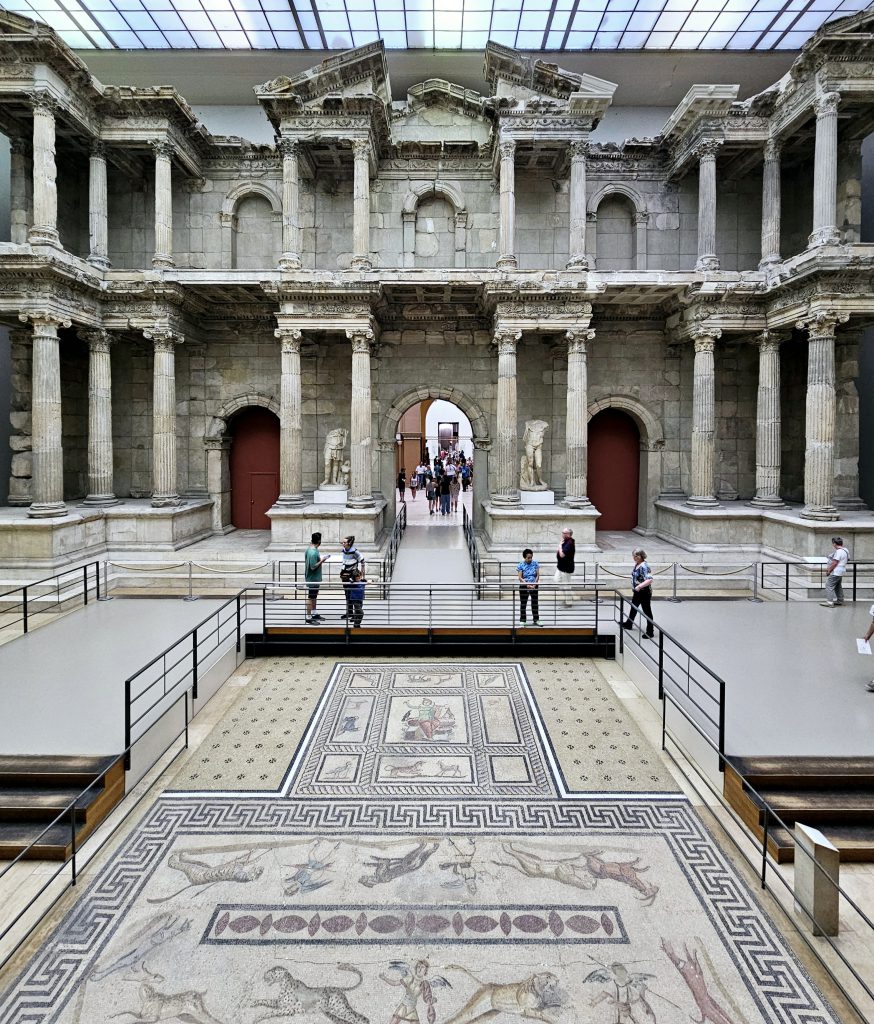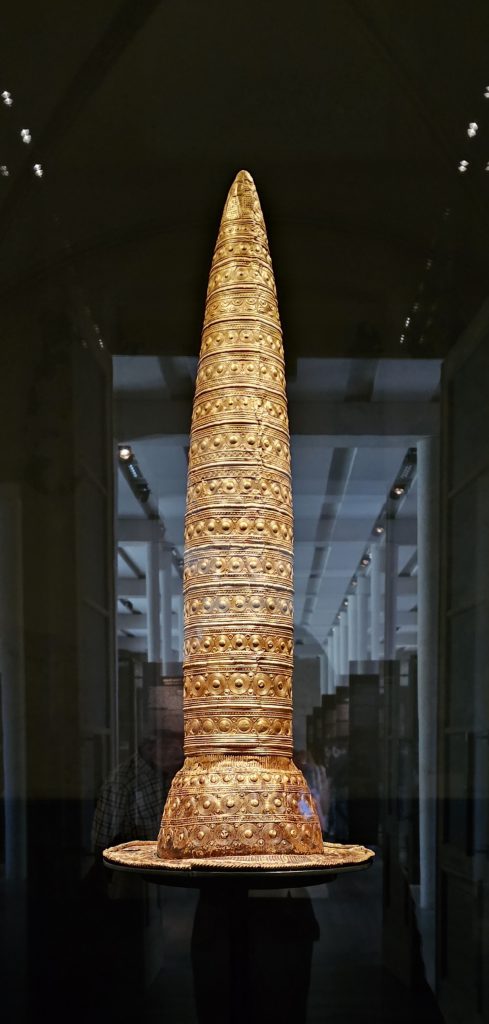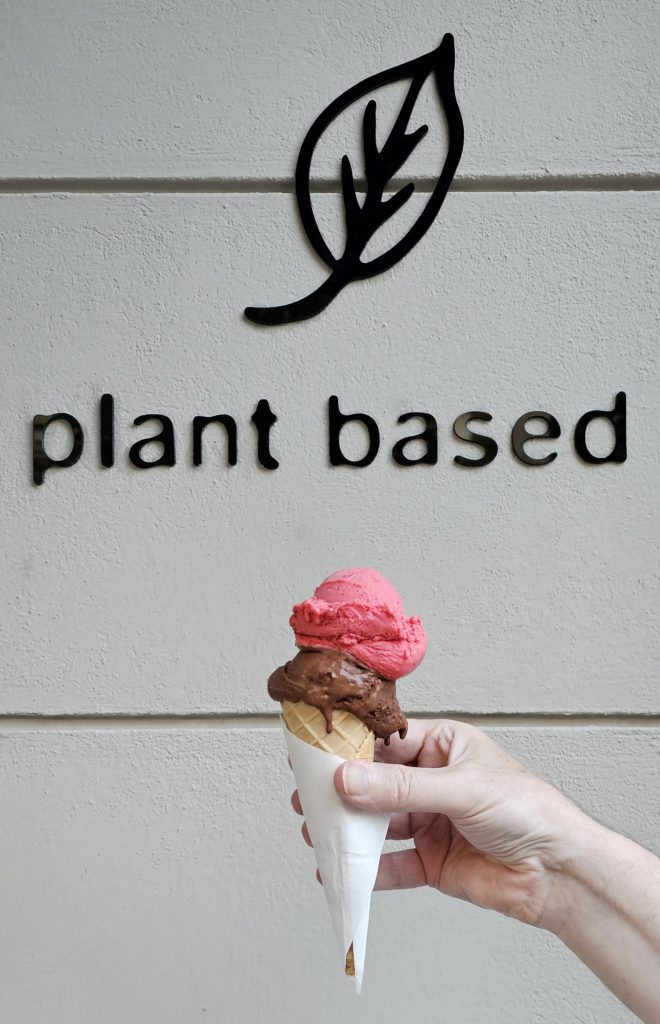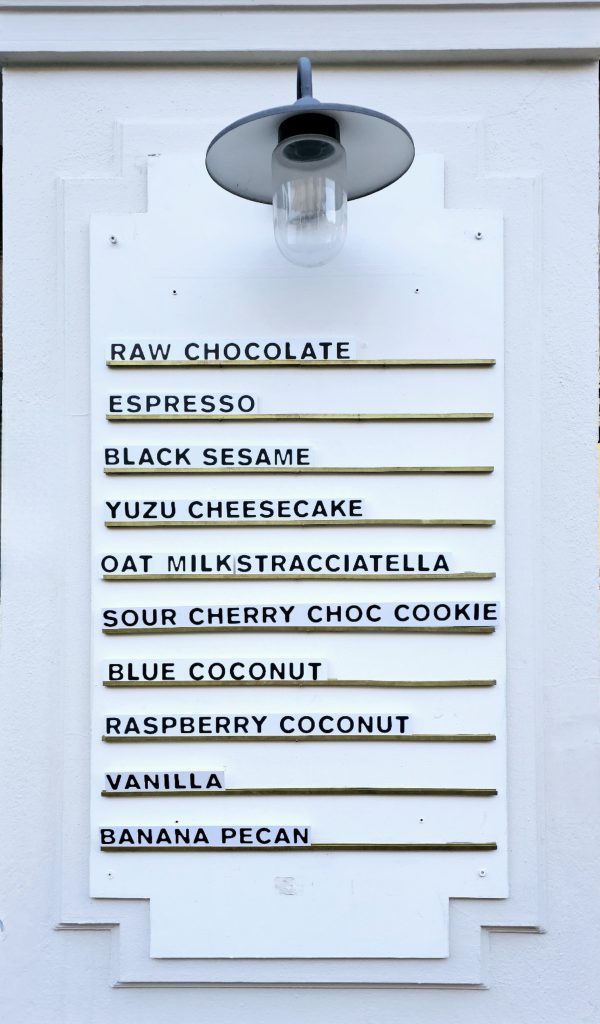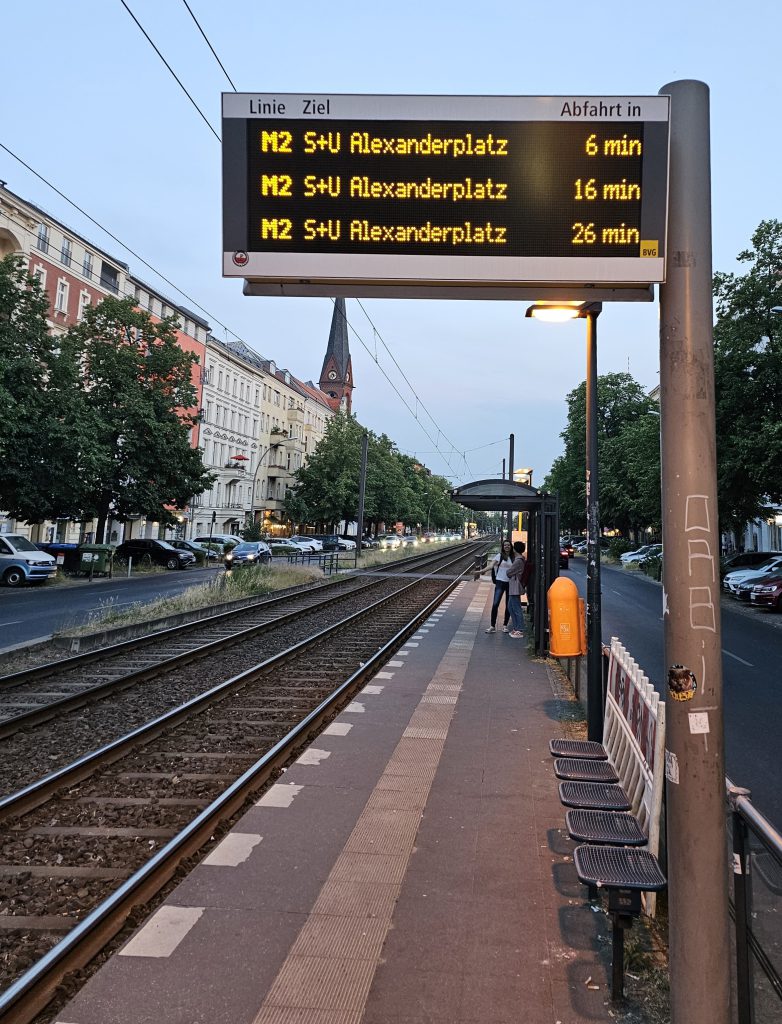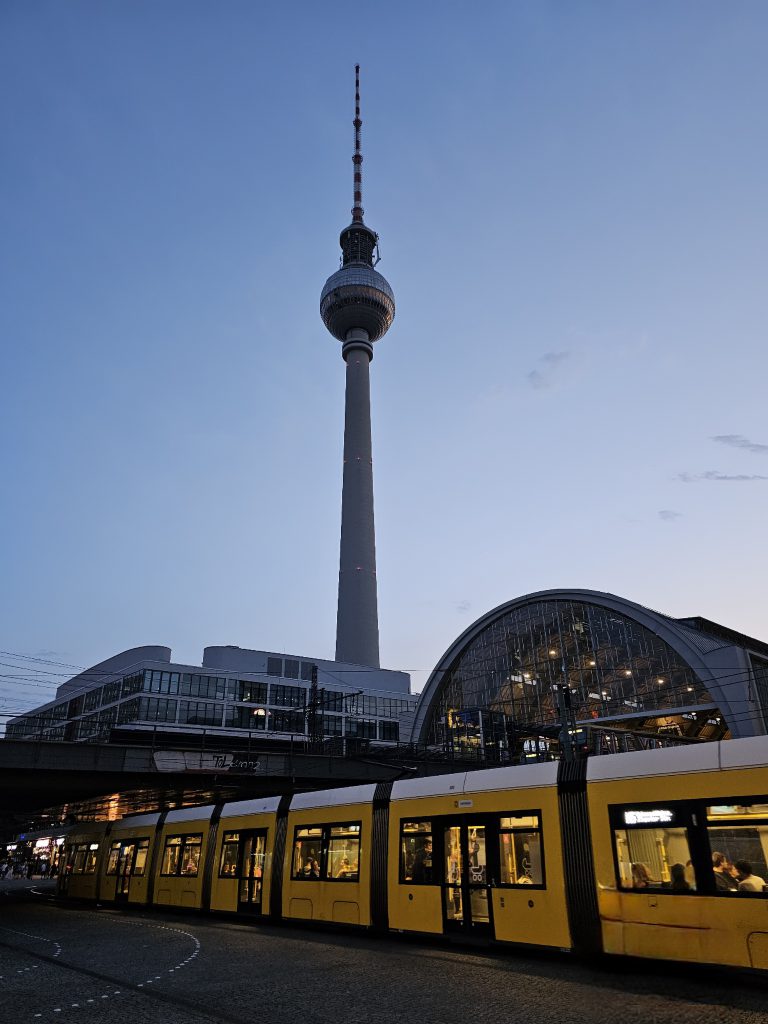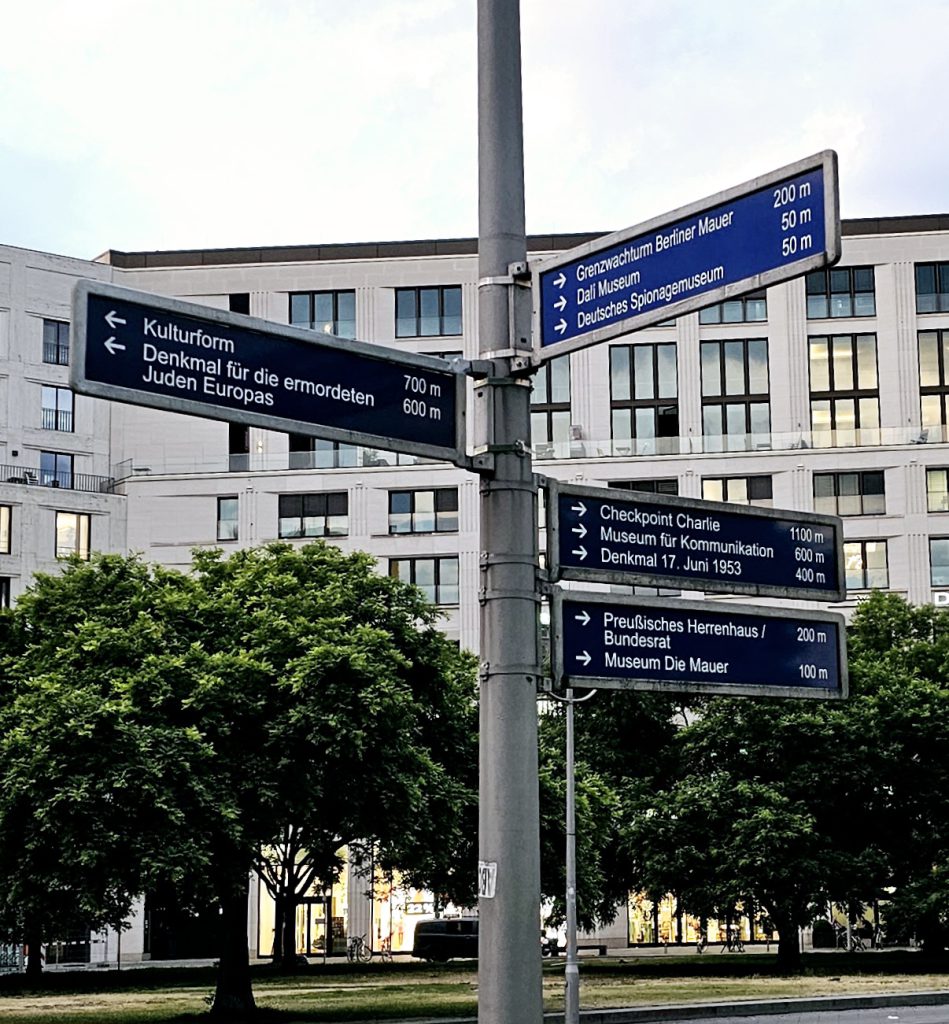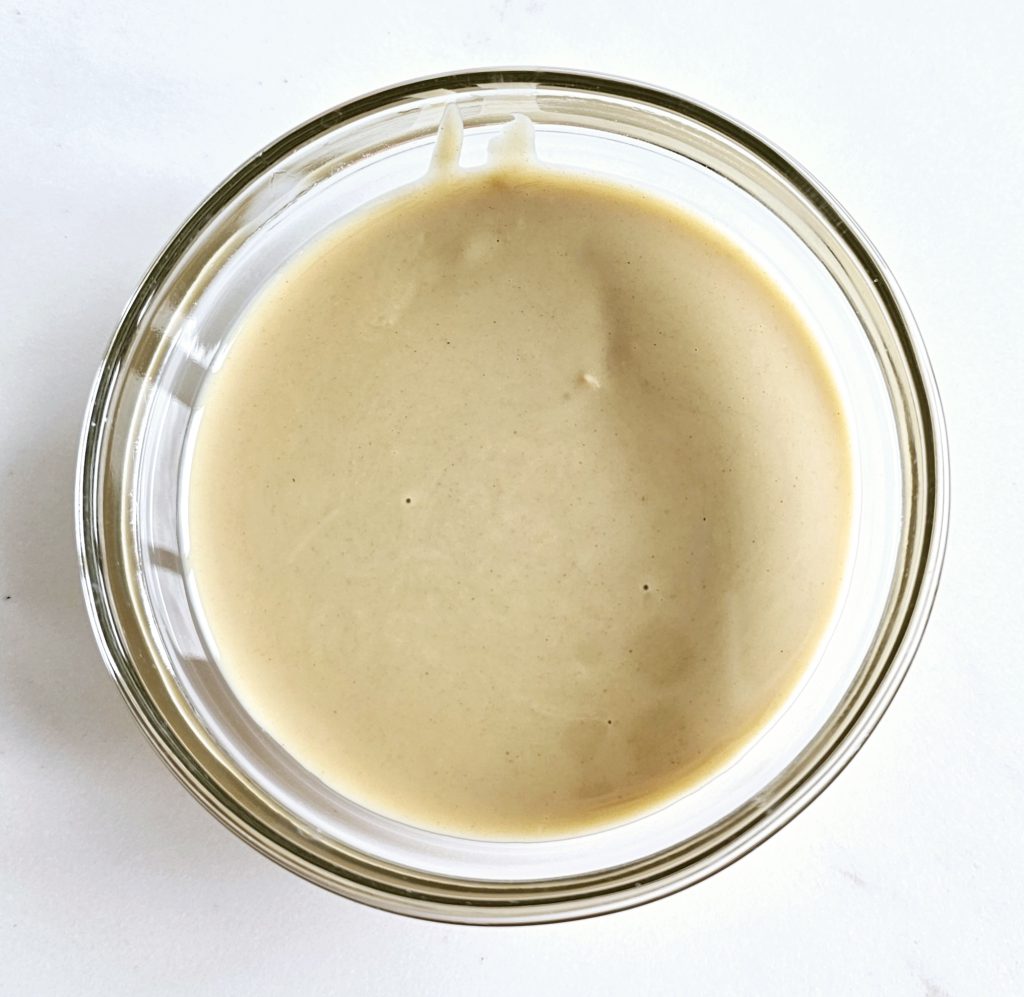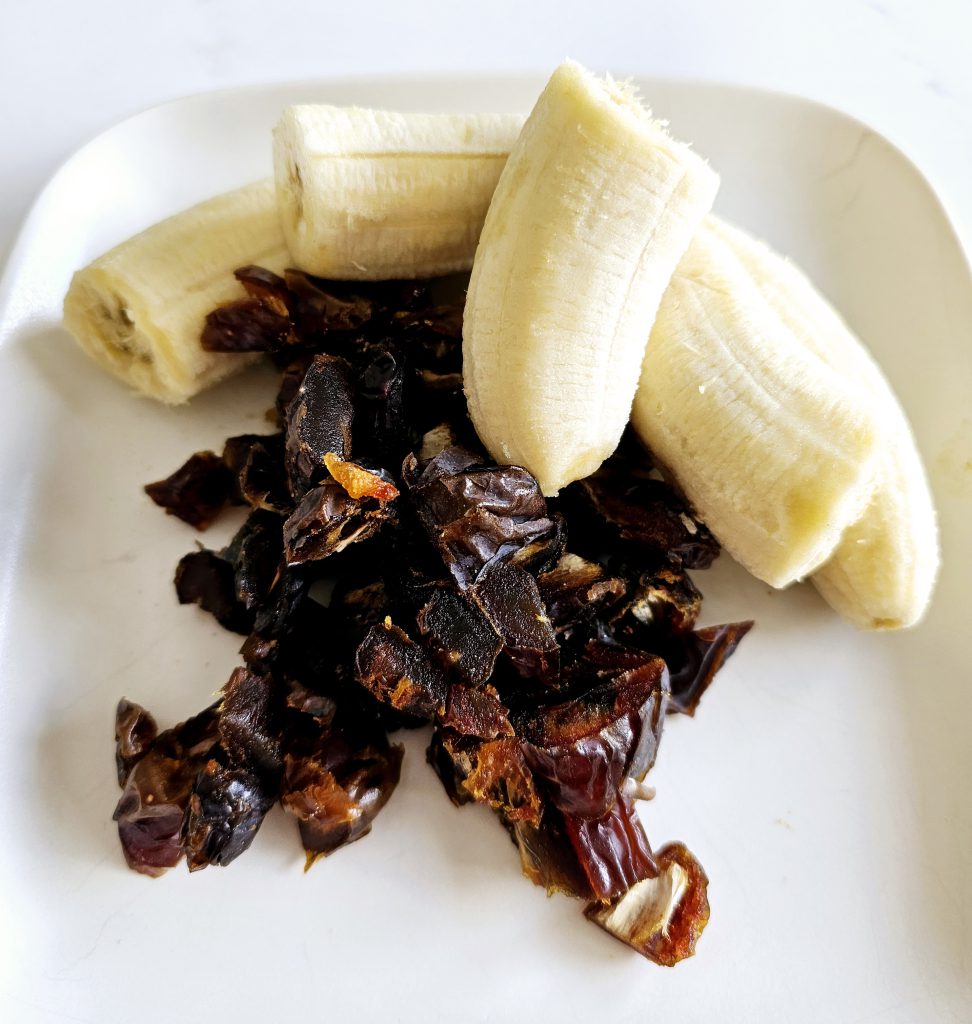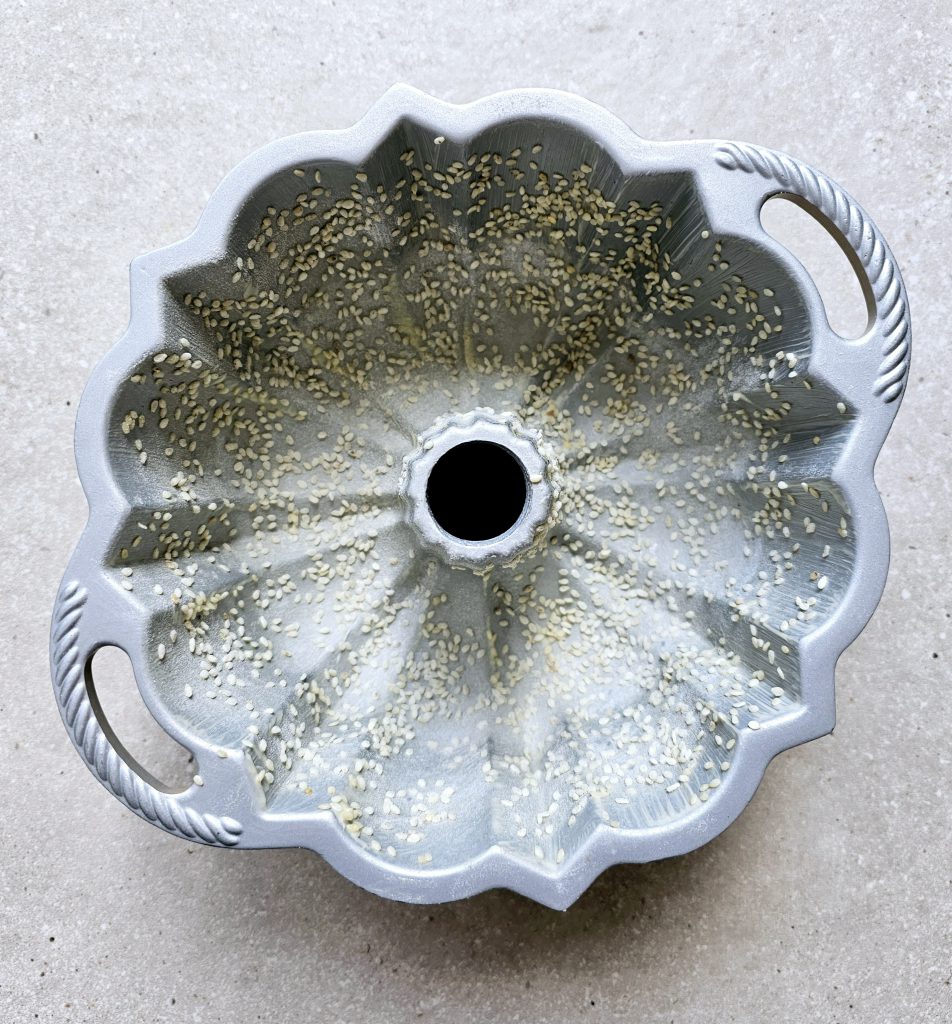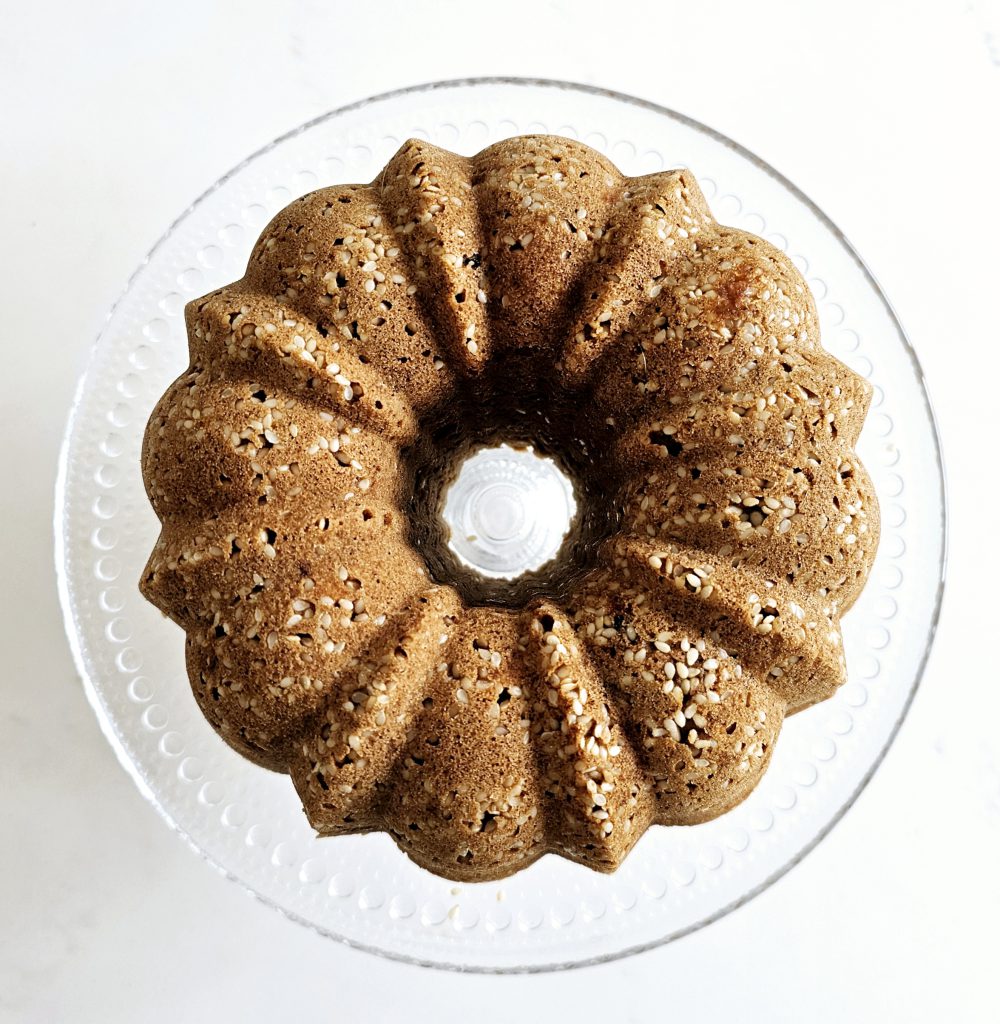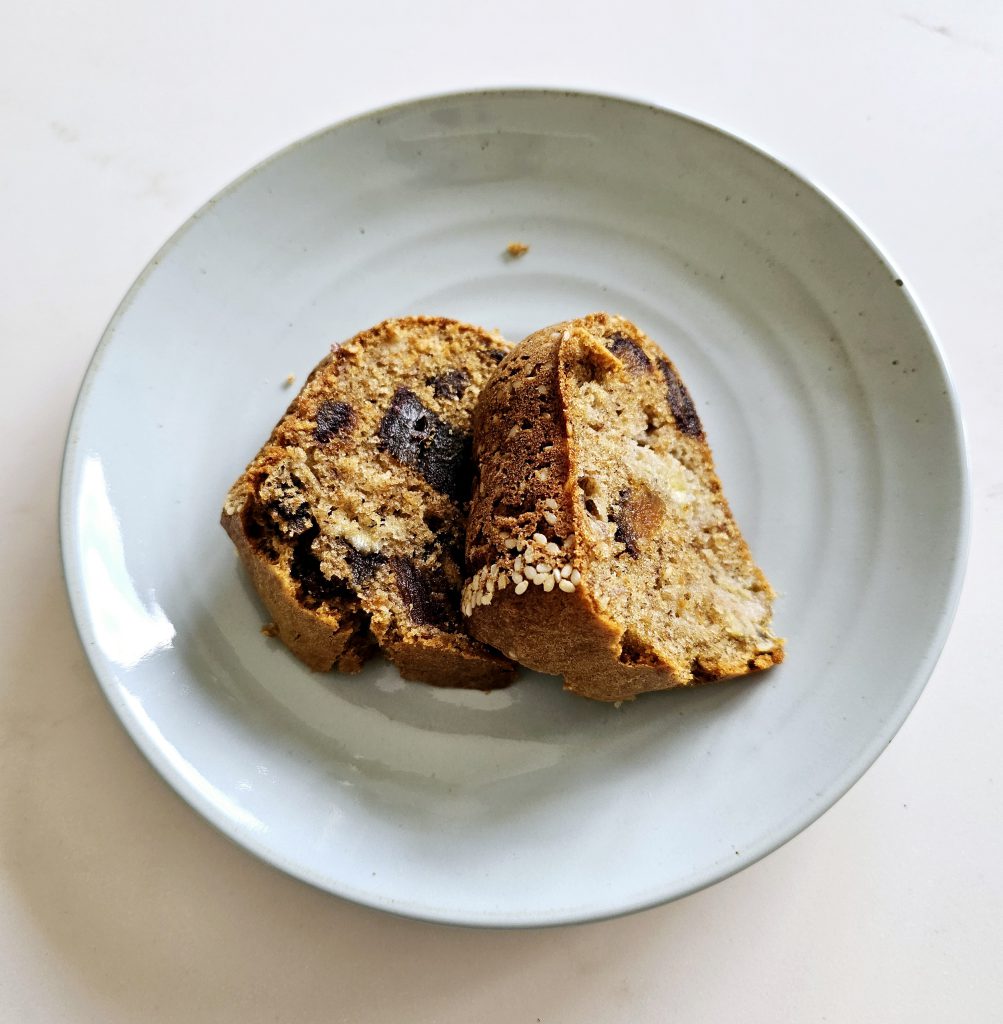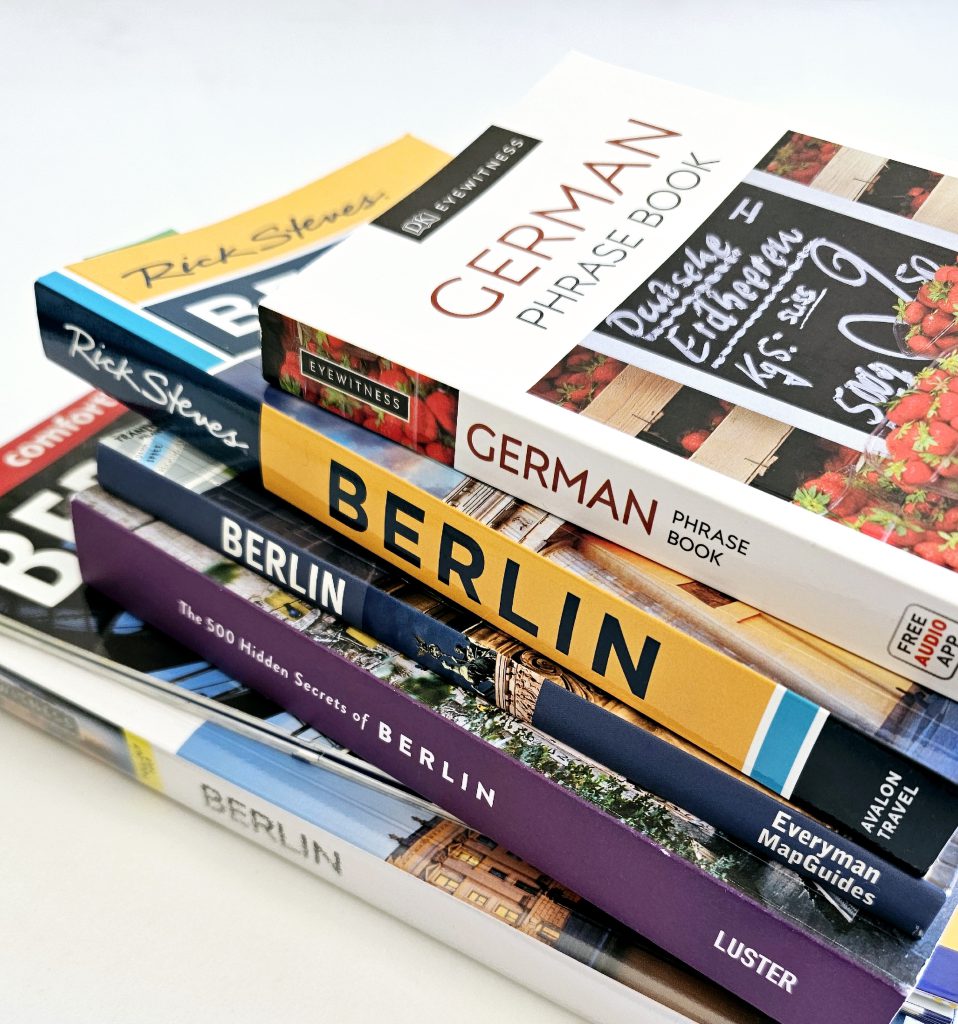Berliner Tagebuch: Freitag 9 Juni 2023 / Berlin Diary: Friday 9 June 2023

There is a general realisation that in any skiing trip, the third day is the hardest. I am wondering if this also applies to any short holiday. The spanner in the works today was a visit to the Reichstag at 4.15 pm, which had no in-built flexibility whatsoever. Whilst I understood the rigidity of the arrangements, I did not appreciate it. It was hard to hang around waiting for something to happen, as I will explain later.
Before you read on, please see here for details of the transport and museum passes we used for this Berlin trip. All information correct as of June 2023.
Frühstück und Morgenaktivität / Breakfast and Morning Activity
It was my birthday so I had some cake for breakfast at The Barn’s other location on the north side of Potsdamer Platz (Bellevuestraße 1, 10785 Berlin) near the Sony Centre. Compared to yesterday’s location, this was calmer with no building works.
Looking up at the unique open roof of the Sony Centre in Potsdamer Platz
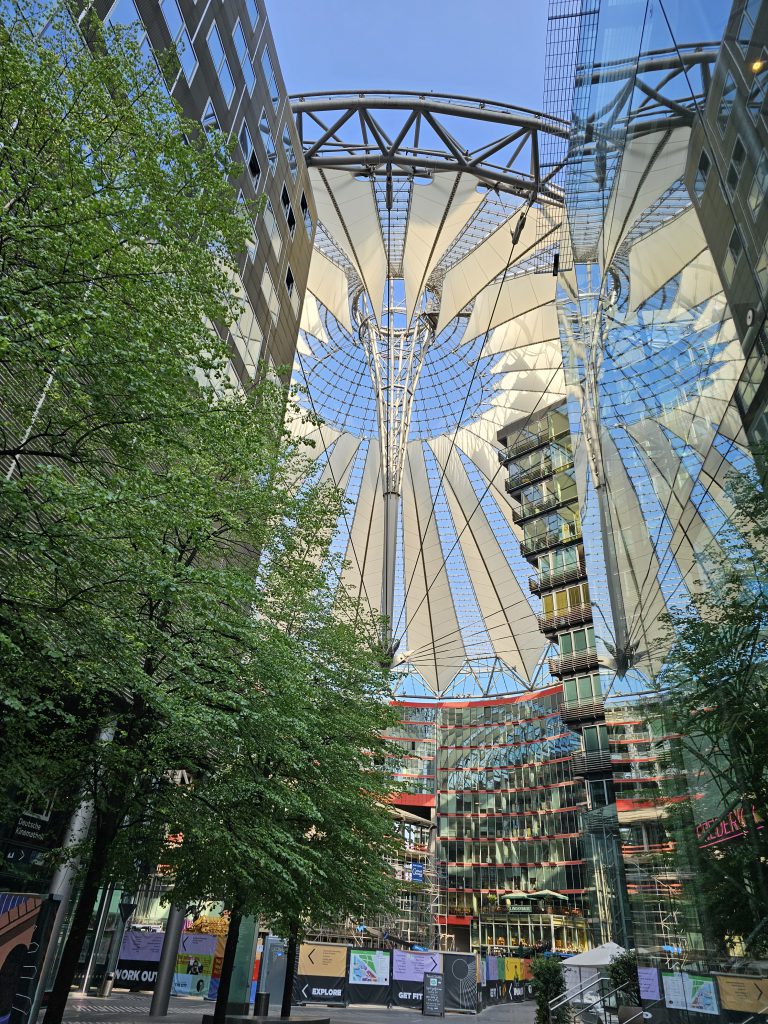
No croissants, but carrot cake and green tea made a good start to the day
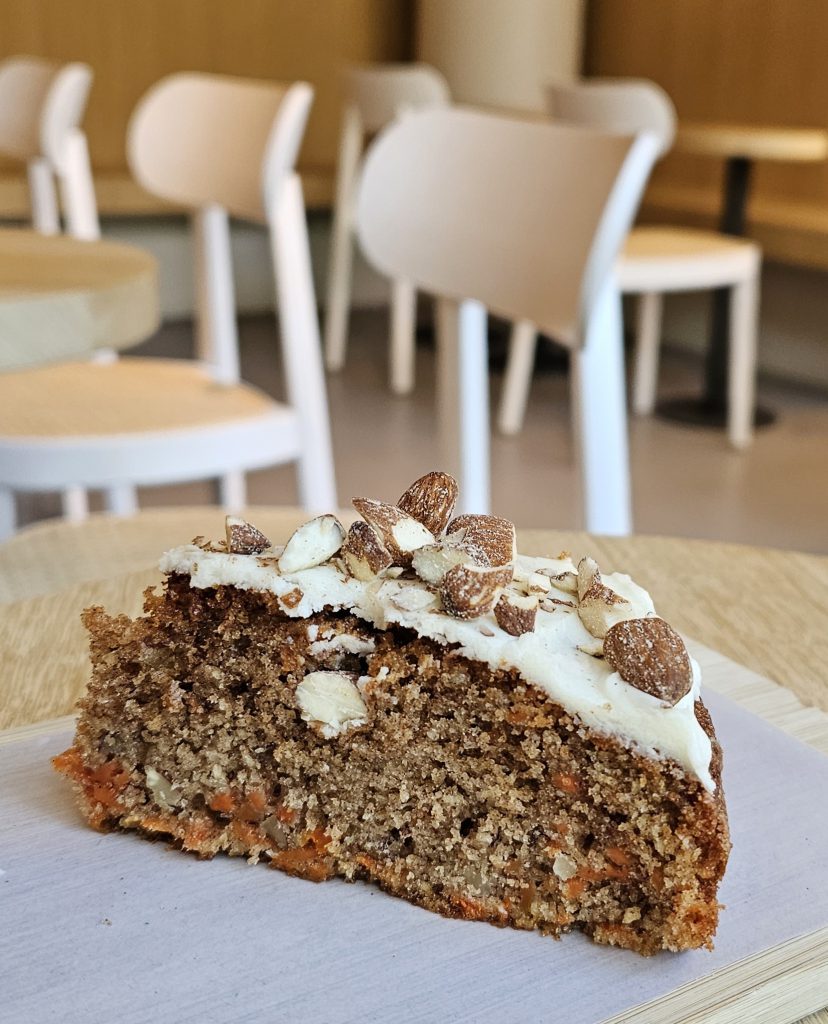
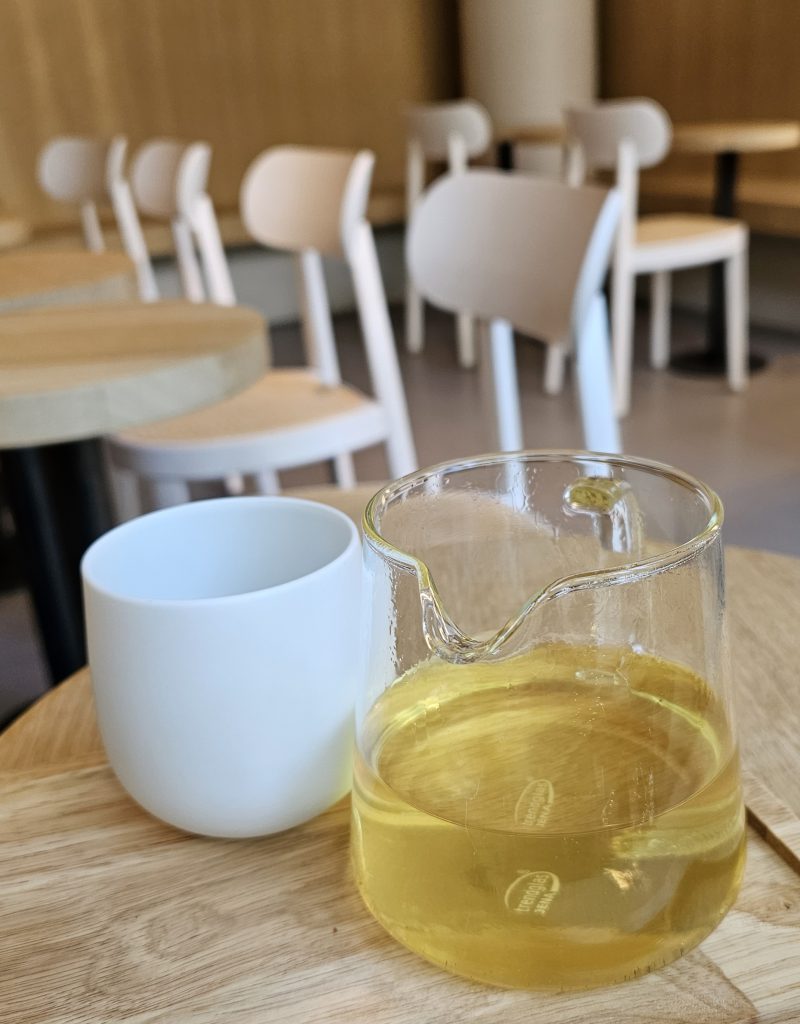
This morning we revisited the Kulturforum complex, to spend a little time in the Kunstgewerbemuseum. This is one of the less featured museums but I found it very interesting, and a bit like the Victoria and Albert Museum in London.
On the lower ground floor there are some rare hand-crafted objects. The Cupola Reliquary is part of the Guelph Treasure. Reliquaries held reminders of long-dead saints, and were meant to inspire awe from those who would feel closer to their saints. Today, our awe comes from knowing that the Guelph collection in the museum is valued at around €250 million.
The Cupola (Dome) Reliquary
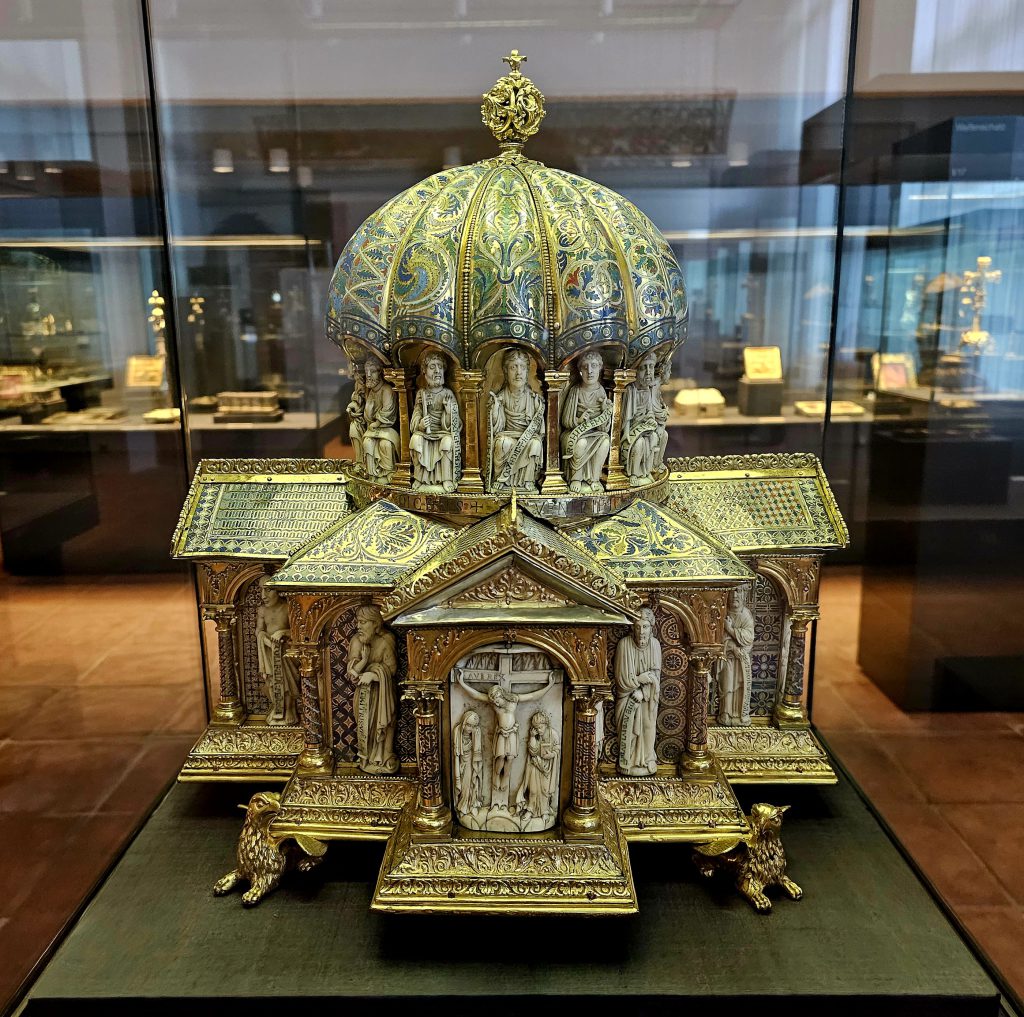
The other significant collection on the lower ground floor is the Lüneburger Ratssilber / Lüneburg Council Silver. These pieces were made between the middle of the 15th and the beginning of the 17th century, and financed from money made through the town’s salt production. At that time salt was a vital ingredient for preserving herring caught in the Baltic Sea and the waters around Norway. During religious periods of fasting meat was not permitted, so pickled or salted fish was the only ‘meat’ available in inland areas.
A display case featuring some pieces from the Lüneburg Council Silver
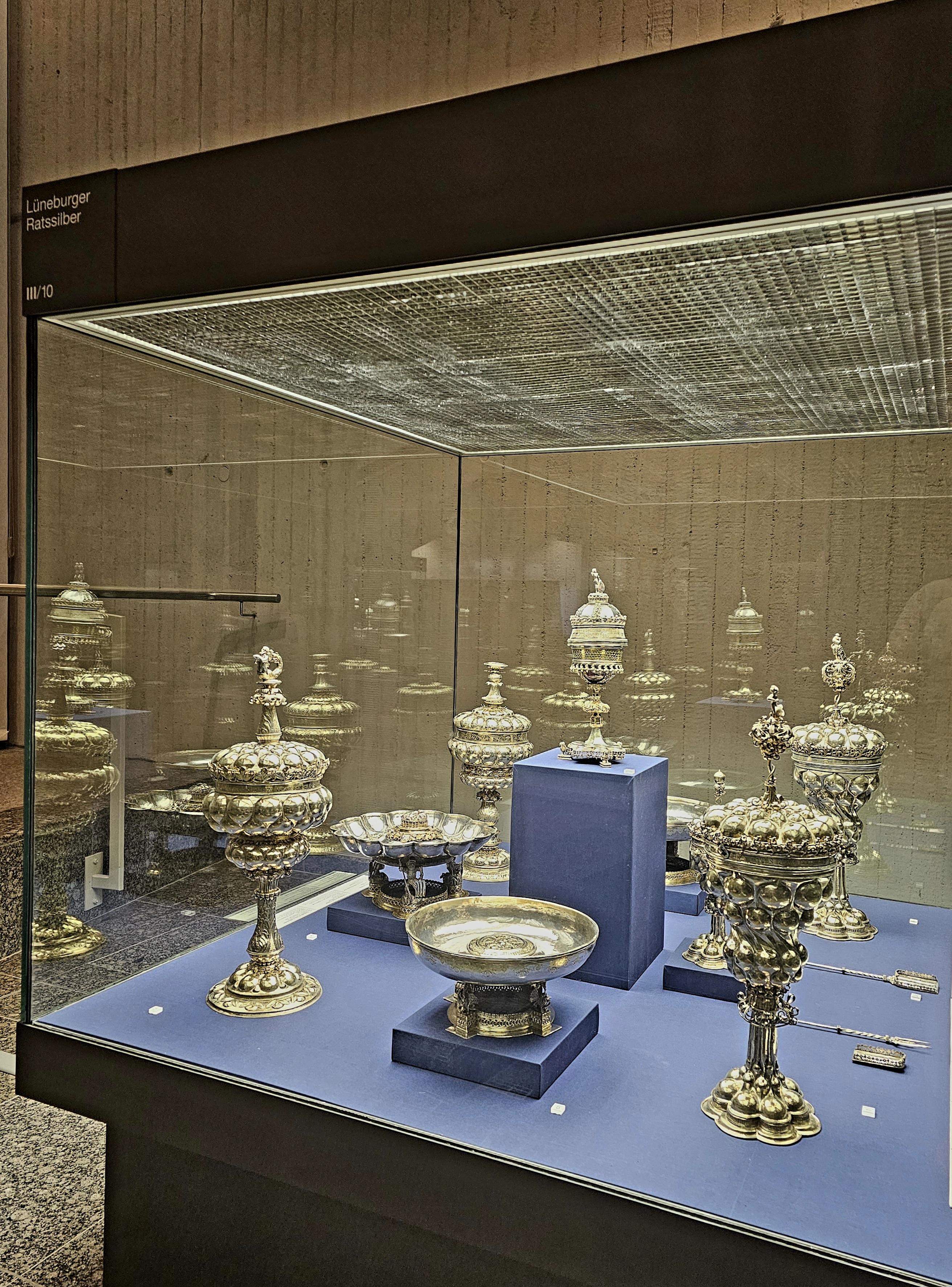
Besides other decorative arts e.g. glasswork and cabinetry, the museum has an extensive collection of fashion clothing and accessories from the 18th to 20th centuries. There are many fine examples but I only really looked at the shoes.
Shoes made by Ferragamo, from the 1940s and 1950s
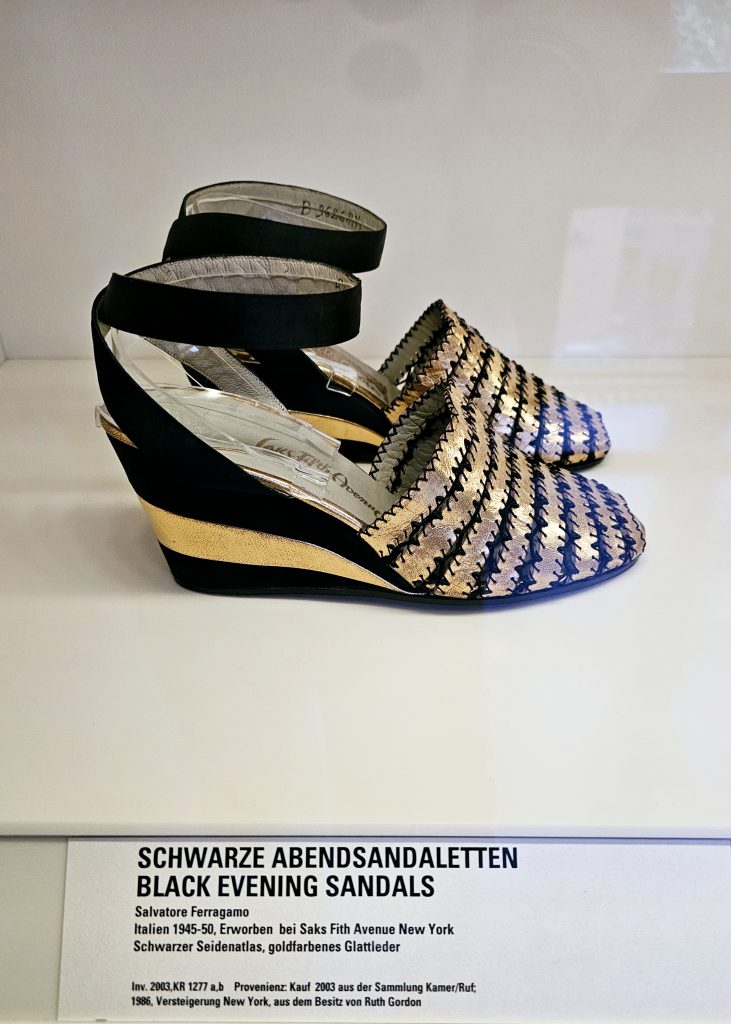



From past to present: after seeing so many historic domestic and fashion items at the museum I went to Galeries Lafayette to see its modern equivalent. As you can imagine, shopping at this French department store is very pleasurable, with many brands under its wing. In the household department, I especially liked looking at the colourful tea towels from Garnier-Thiebaut.
On a mission to look for one thing only i.e. pepper mills for my friend Shoe Lady, I discovered a whole new universe of pepper mills. On the three display units were (counting front and back) 30 shelves of every conceivable shape, size, material and colour of pepper mill you could ever want. This was pepper mill heaven. All the mills come from Peugeot, and I was surprised to learn that the company made hand tools, kitchen equipment and bicycles before they even thought of making cars.

Mittagessen / Lunch
Bocca di Bacco (literally, Bacchus’ mouth): despite an address in Friedrichstraße, near to Galeries Lafayette and Gendarmenmarkt, I found the restaurant refreshingly unstuffy and welcoming. One of my pet fears when dining out in a foreign city is not being considered a proper paying customer, rather a tourist they might never see again and treat disdainfully. In fact, we had very good food and service throughout our Berlin trip.
A very satisfying lunch, from the bread basket to the Alessi salt and pepper table set which we also use at our home
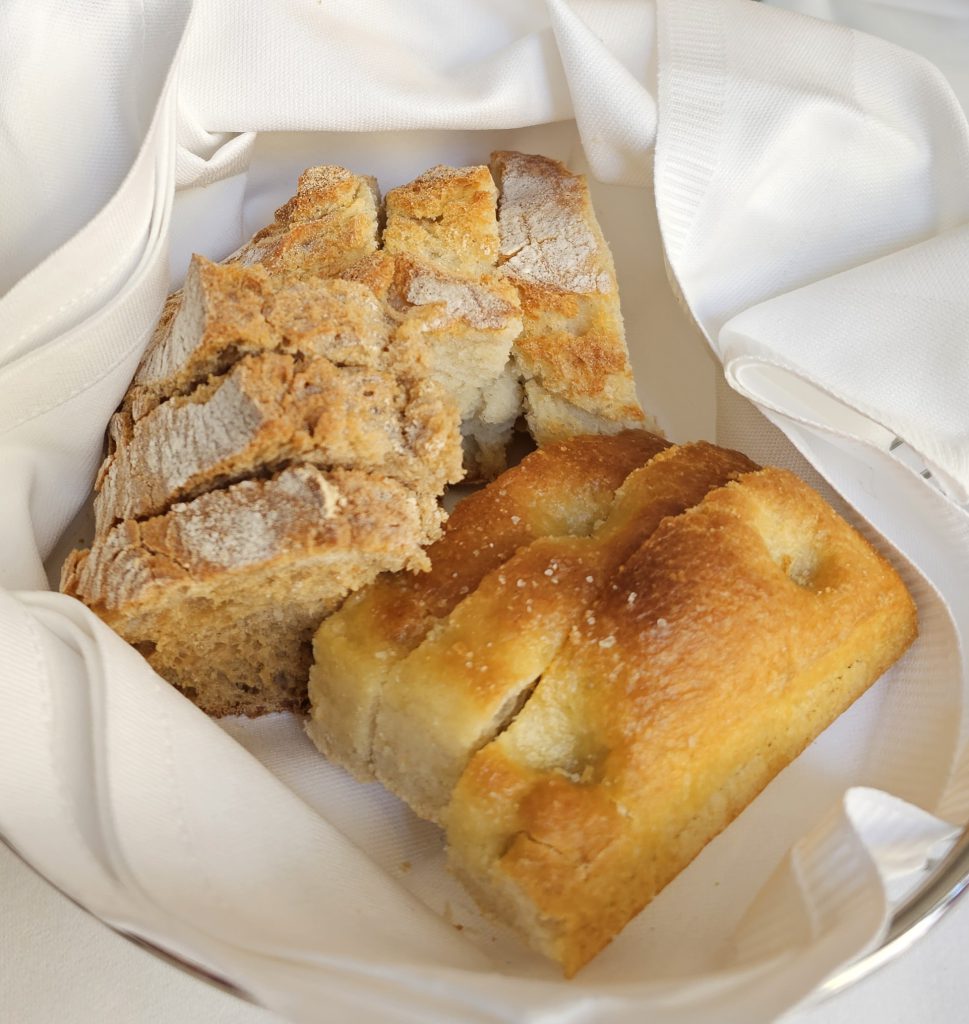
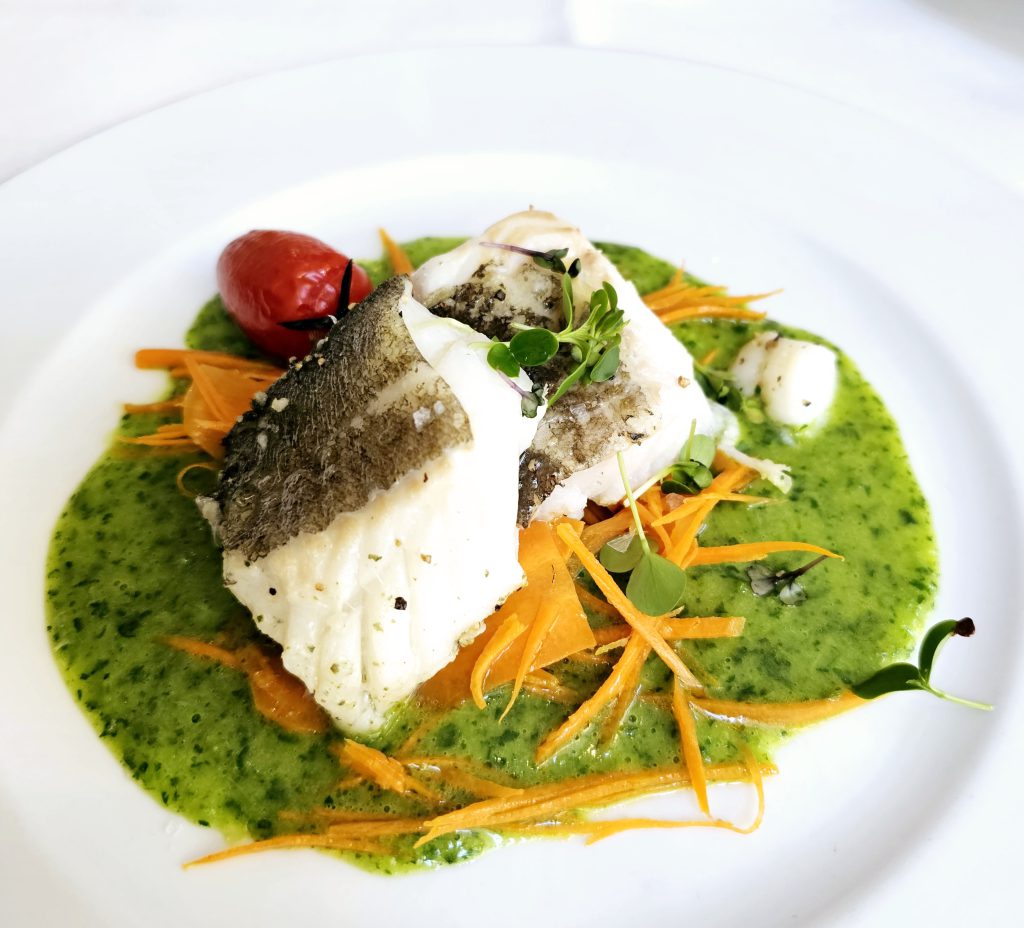
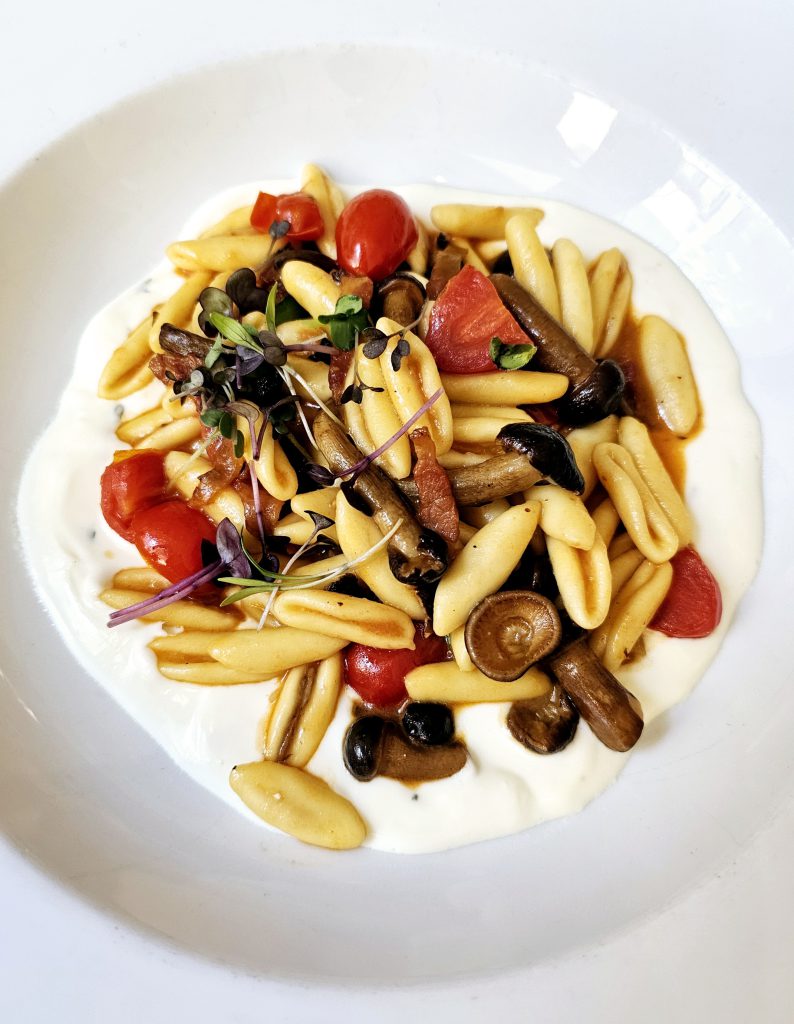
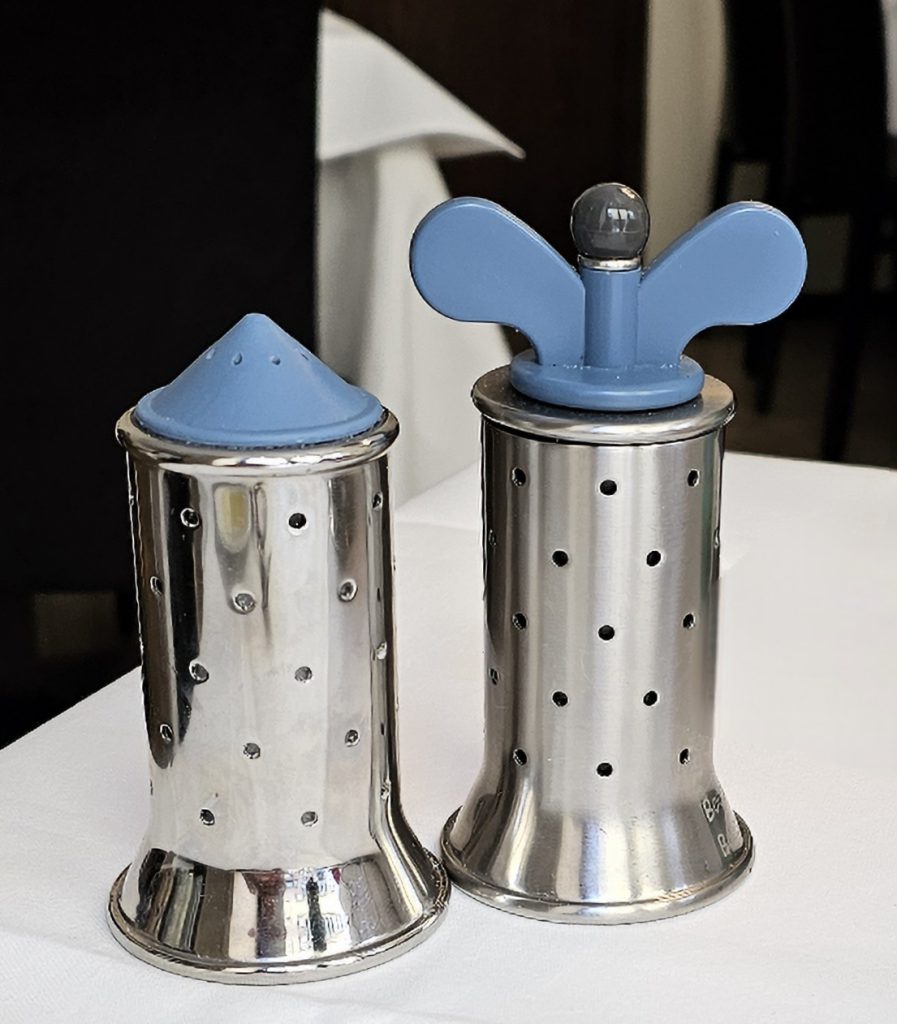
Nachmittagsaktivität/ Afternoon Activity
There was enough time to visit another museum at the Museumsinsel / Museum Island before heading to the Reichstag. The Alte Nationalgalerie houses sculptures as well as paintings, and they are all significant. By now my head was a bit tired of thinking about how valuable these pieces of art were.
The entrance to the Alte Nationalgalerie

Besides the Pergamon Museum, the other visit that has to be booked in advance is a visit to the dome of the Reichstag Building. There are extensive views from the top and for most people that would suffice, but I also think it is worth reflecting on Germany’s tumultuous political history and how democracy is an ideal worth fighting for and preserving.
Dome of the Reichstag Building

Looking up at the dome
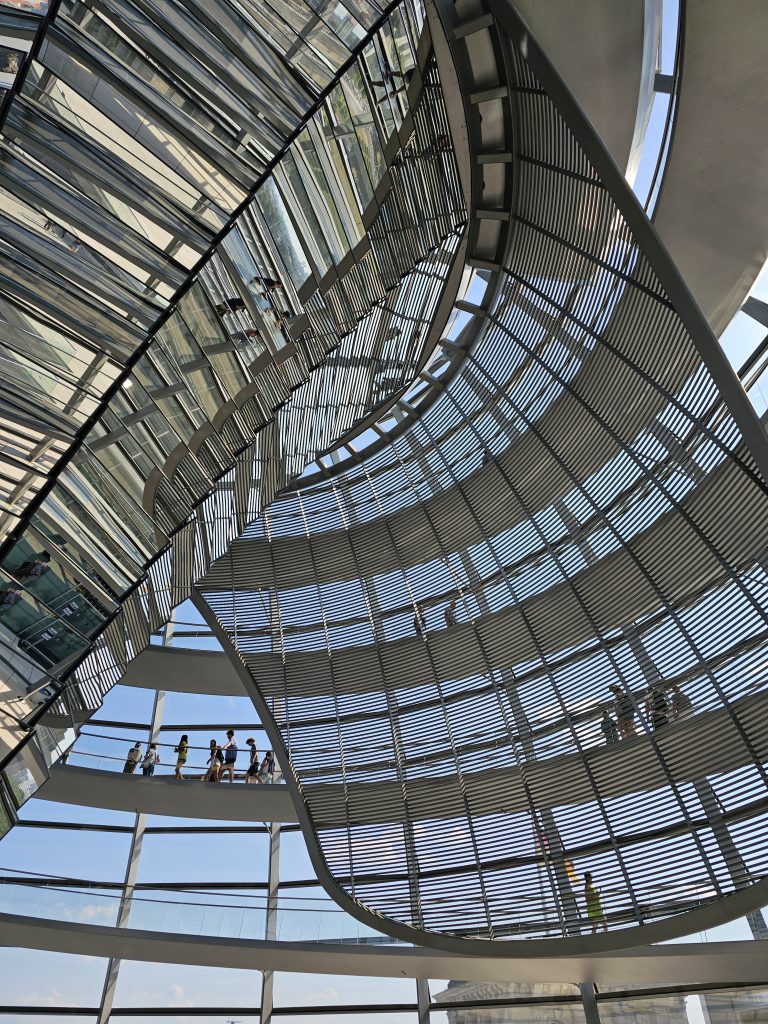
One of the many views from the top
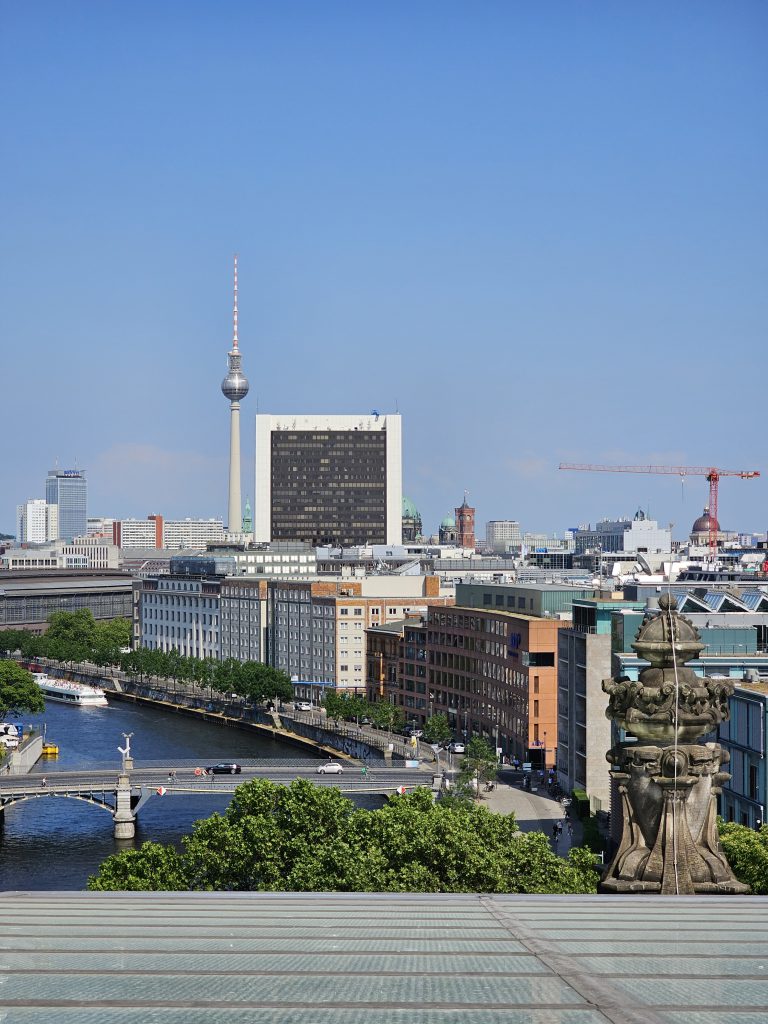
I hate being late for anything. Before the strict appointment at the Reichstag, there was some time to fill and we visited first the Memorial to the Murdered Jews of Europe and then the Brandenburg Gate. This did not take long. What could we do to use up some spare time? Pariser Platz, the square in front of the Gate, was busy and noisy with tourists. The Tiergarten Park behind the Gate was just a vast and dry space with no seating. This created a perfect storm with frustration and weariness setting in to turn me into a monster.
It’s not that I would not do this again. If I were to visit with someone else, I would be smarter and plant myself at the Hotel Adlon whilst waiting. My advice would be to plan the Reichstag visit as your first activity of the day. The entry and security arrangements are so rigid you would otherwise be hanging around or running so as to not miss your slot.
Memorial to the Murdered Jews of Europe
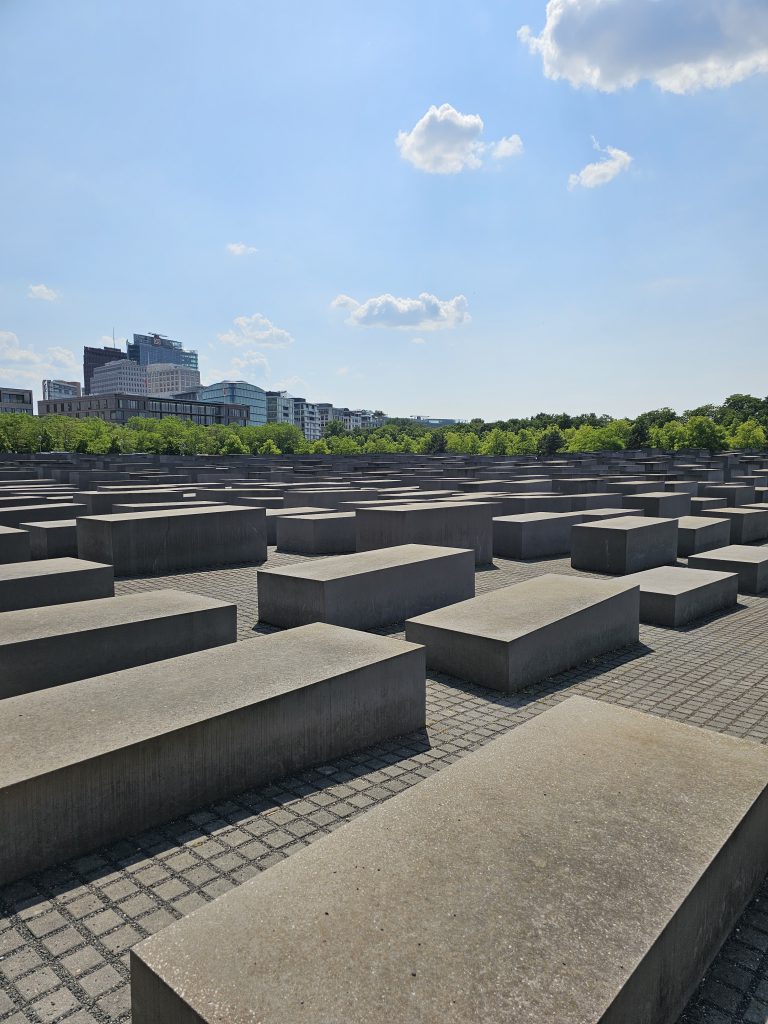
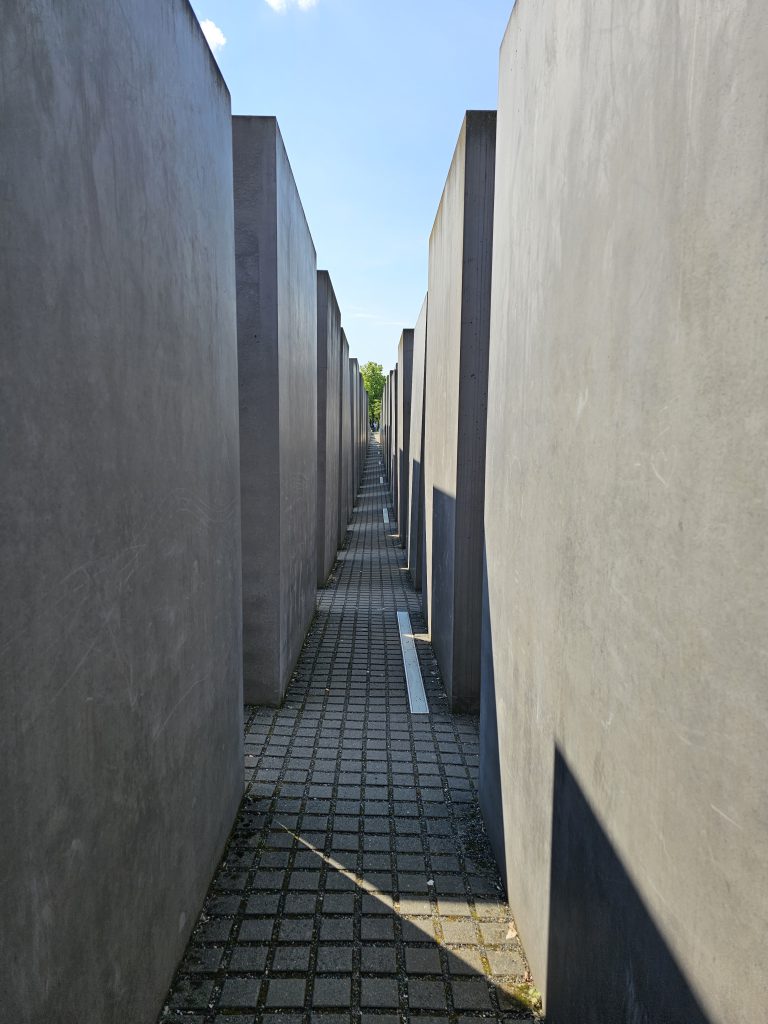
The Brandenburg Gate

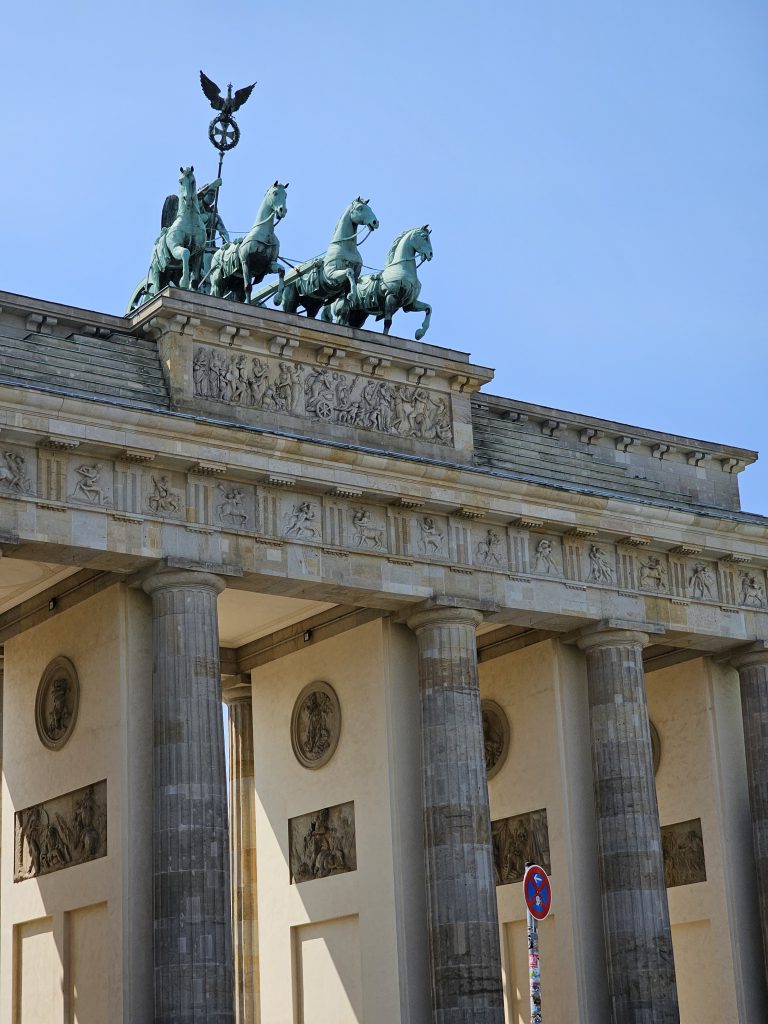
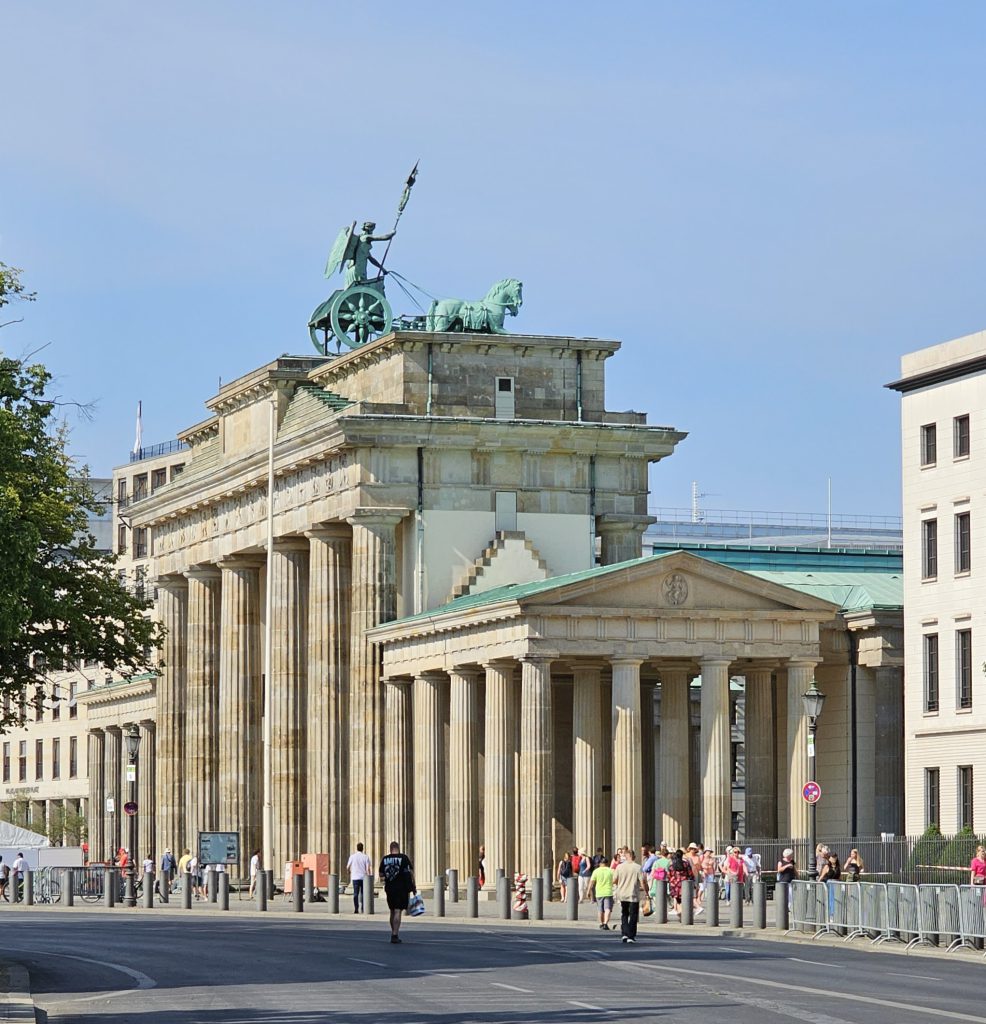
Abendessen / Dinner
Katz Orange has one dish every non-vegetarian should try, which is called Candy on Bone. This is either lamb or pork slow-roasted at a low temperature for 12 hours. Served in a miniature Staub roasting dish, the small hunk of meat belies how filling it is. Second helpings are offered if you are still hungry, and I think some teenagers or young adults would happily entertain this challenge.



Let’s learn some German words!
Some German words appear to be very long. It would be easier to comprehend if the compound words were split into its component parts, with a space in between. Unless I move to Berlin (that would be quite fun for a month or two) I don’t think I would have the capacity to learn German, but here is a mini list of some long words I found interesting during my day.
Alles / everything
Gute / good
zum / for the (your)
Geburtstag / birthday
Alles Gute zum Geburtstag = Happy Birthday
Kunst / art
Gewerbe / business
Kunstgewerbemuseum = Arts and Crafts Museum or Museum of Decorative Arts
Ersatz / substitute
Haltestelle / bus stop
Ersatzhaltestelle = replacement bus stop
Ersatzverkehr / replacement traffic
Richtung / direction
Ersatzverkehr Richtung Ruhleben = Replacement service towards Ruhleben
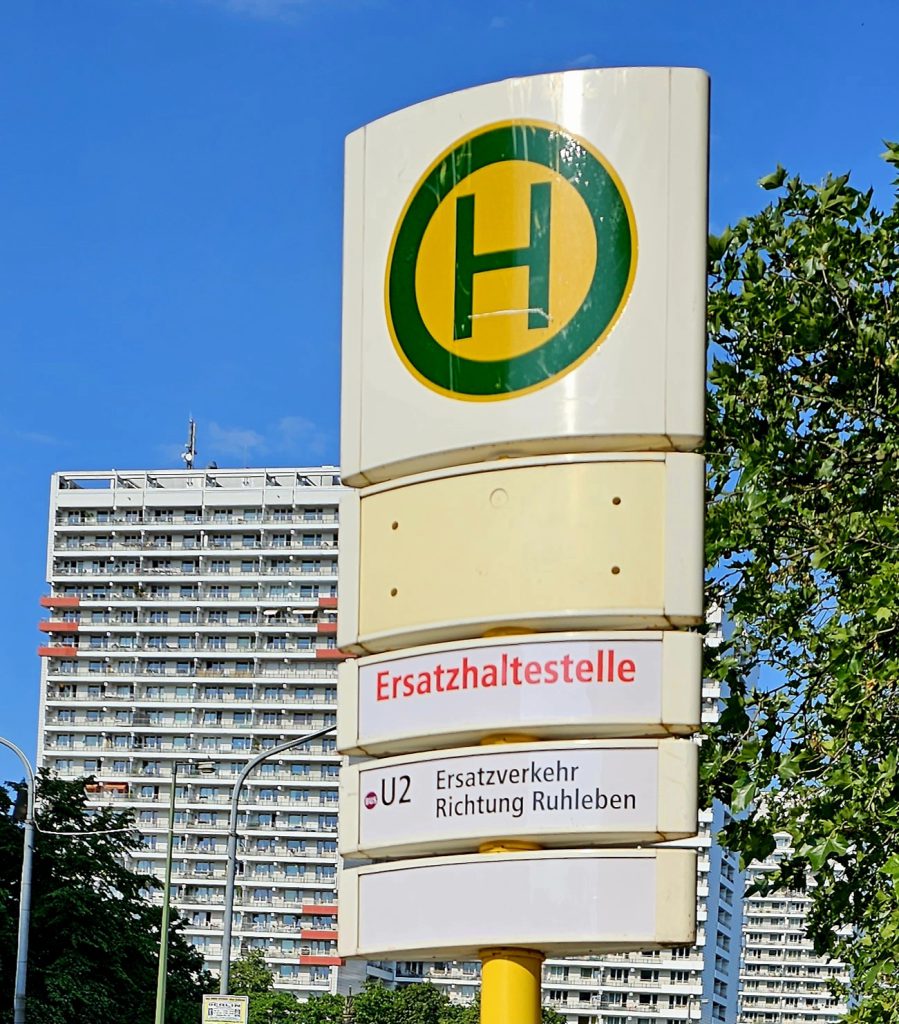
After living for such a long time in England, the best birthday present I can ask for is a sunny day and this is what I had the entire day




